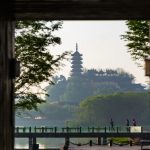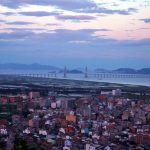Recently, I wrote about Shantou and received numerous messages from shareholders, asking for guides to the other two cities among the Chaoshan triumvirate. Considering we’ve already covered a lot of the food and drink in Chaozhou, as a die-hard fan of Chaoshan, I naturally had to arrange the most understated Jieyang for everyone!
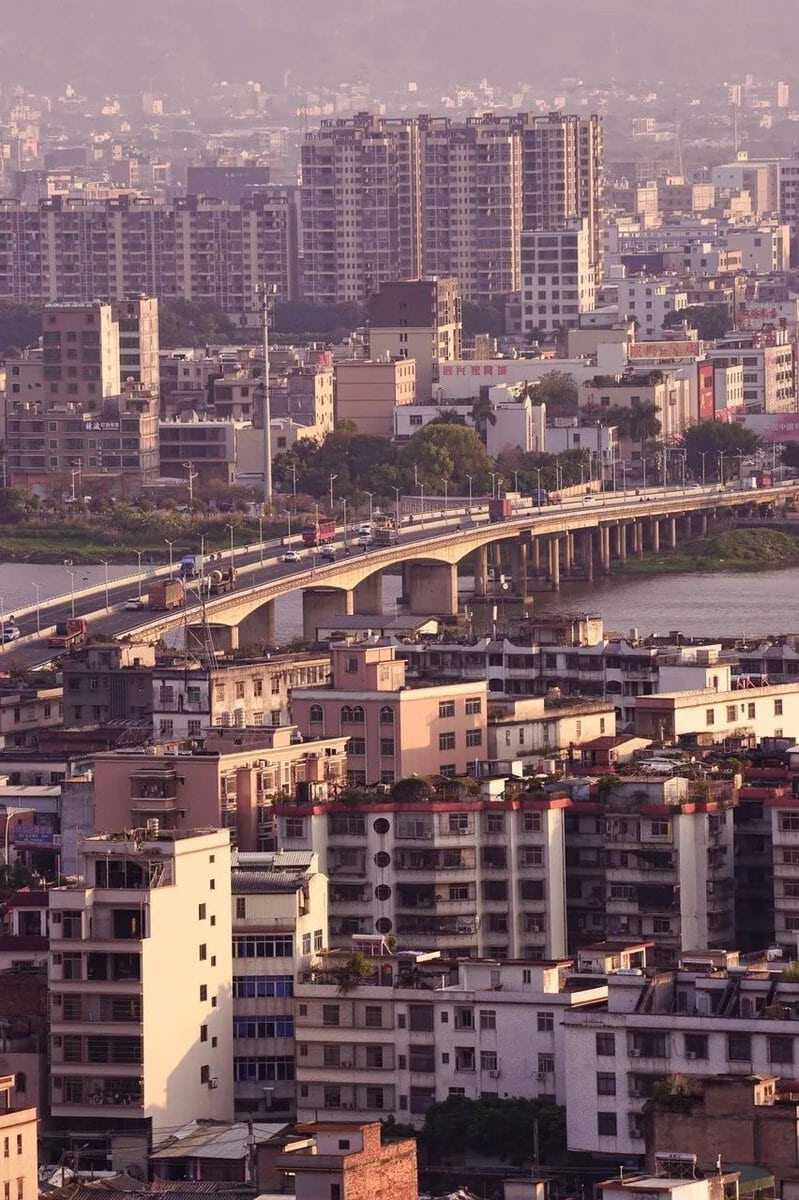
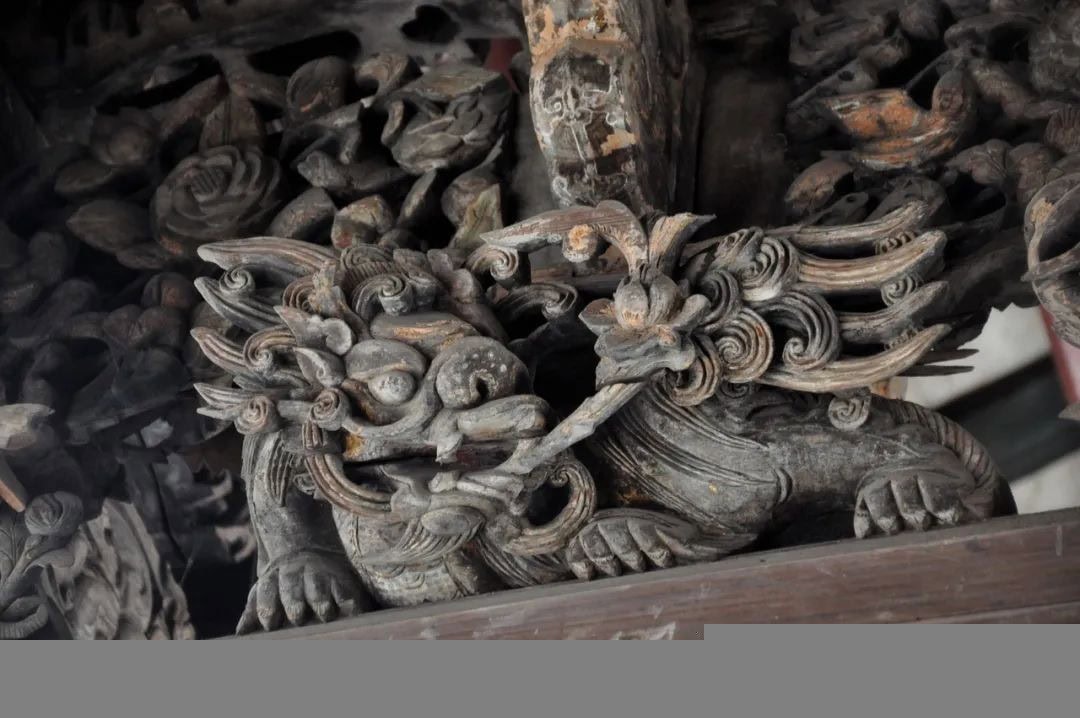
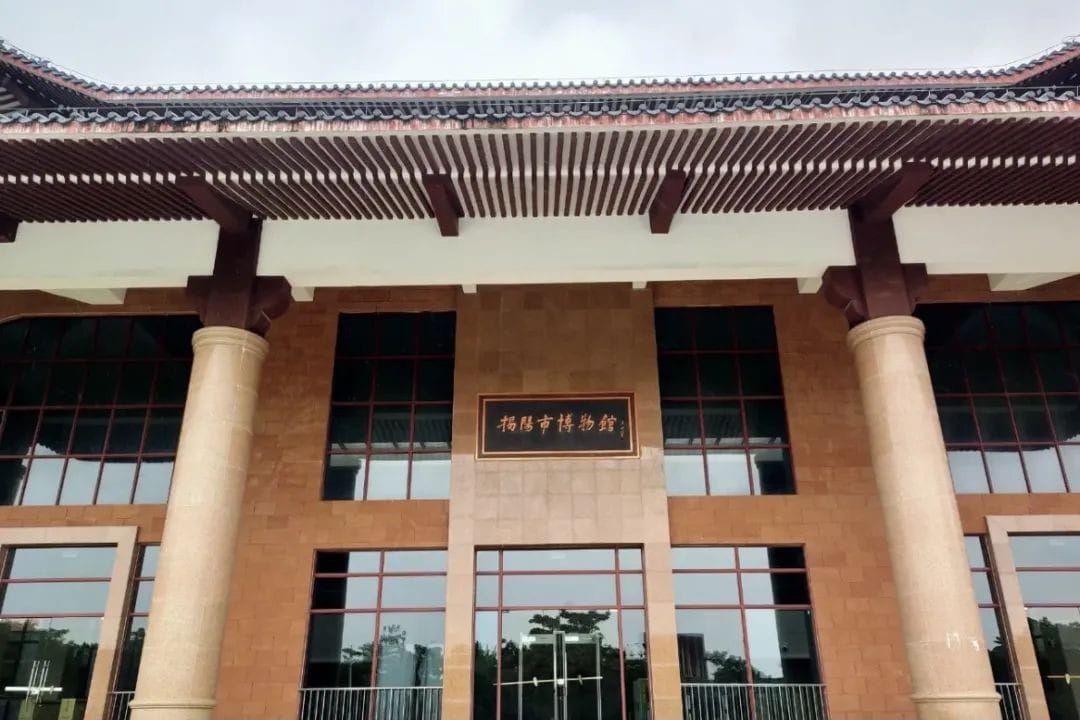
I once worked on a platform for Eastern artisans, where there were many craftsmen from Jieyang, so my impression of it at the time was as a city of jade.
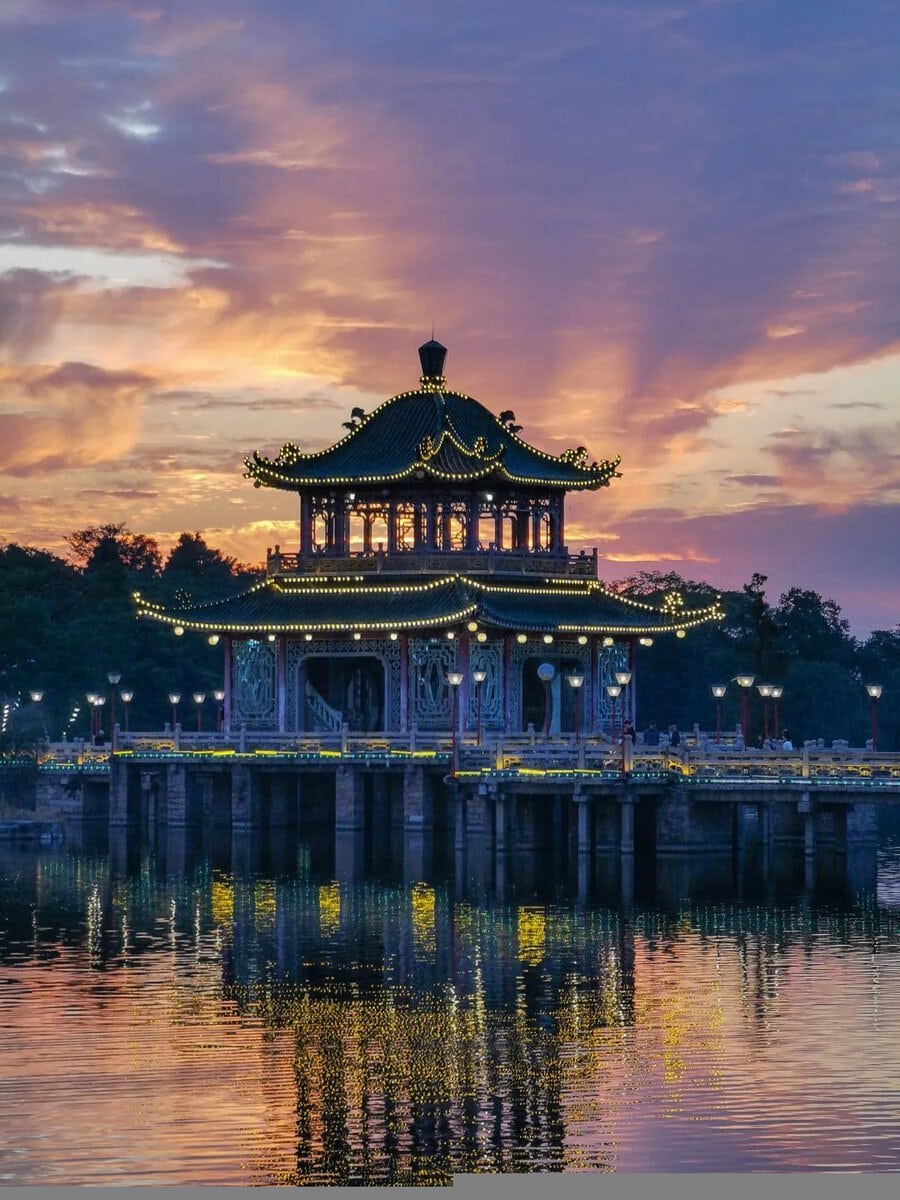
More than 90% of the country’s mid-to-high-end jade comes from Yangmei Village in Jieyang. The boldness of Jieyang people chartering planes to Myanmar for stone gambling also fills me with a special kind of admiration for them.
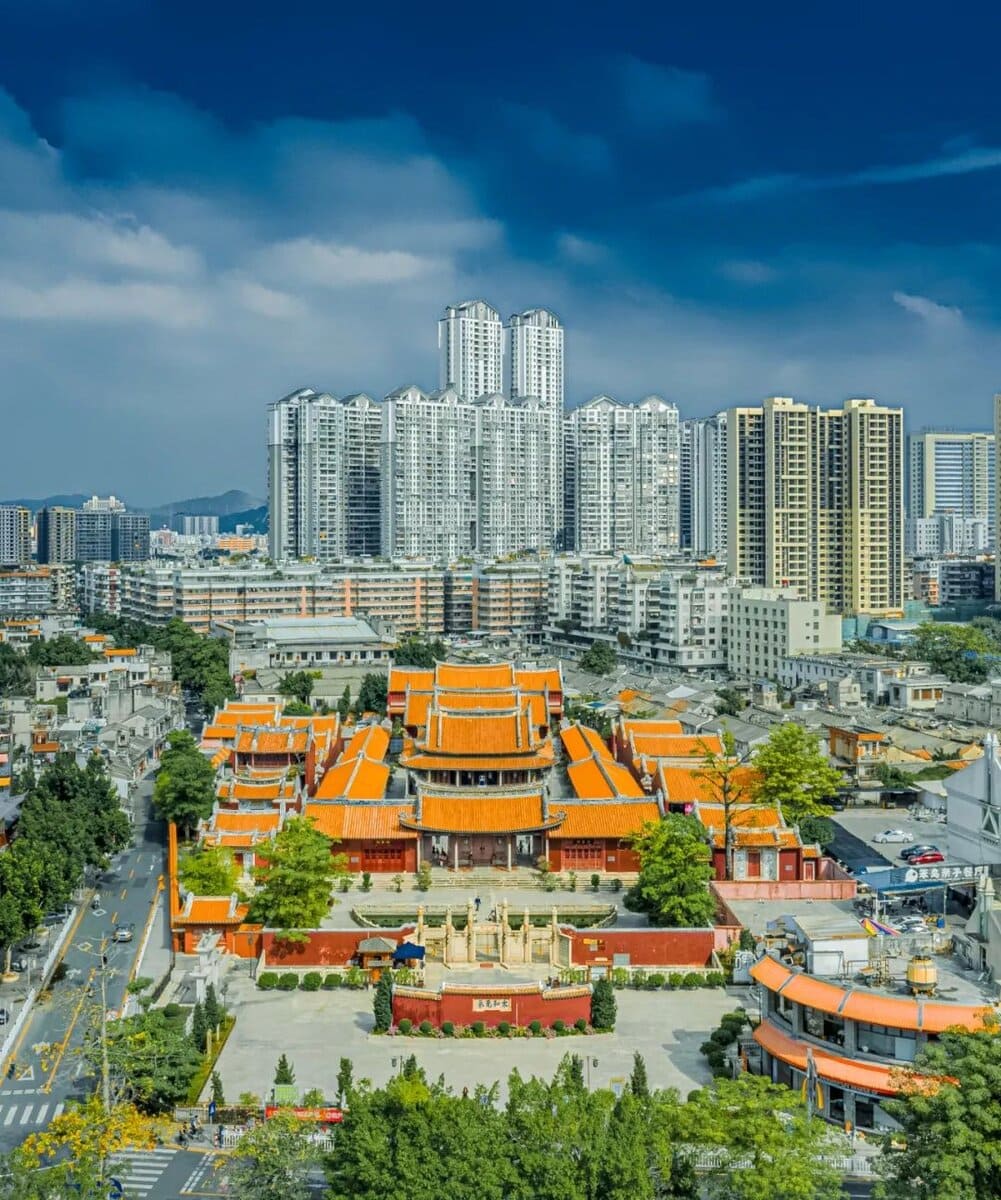
Myths of sudden wealth have truly happened here.
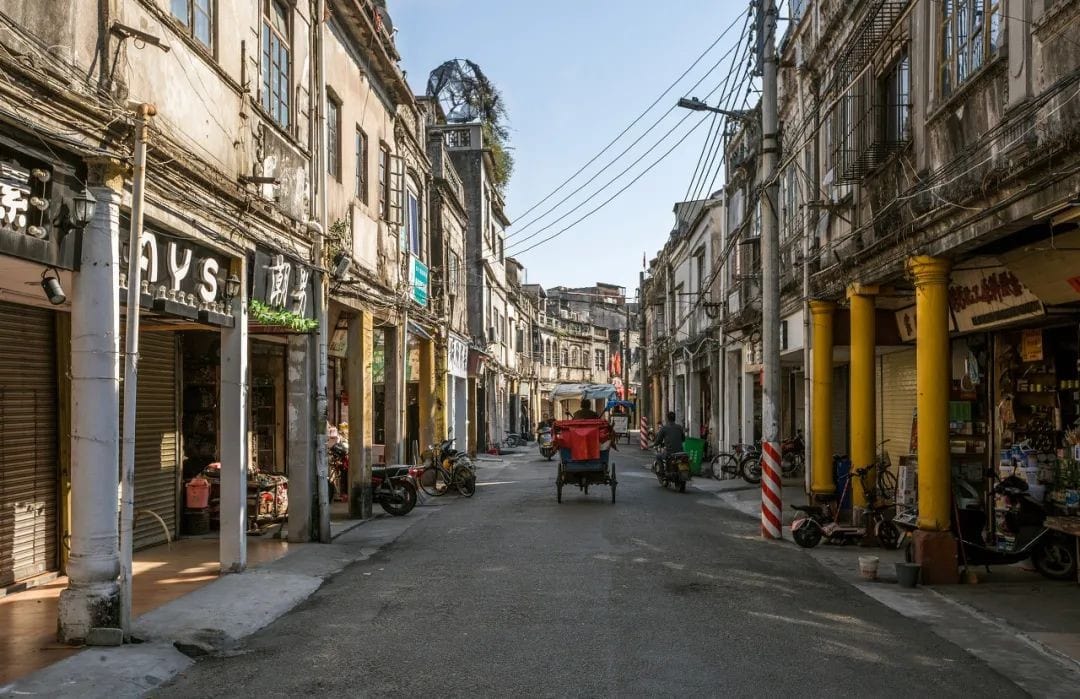
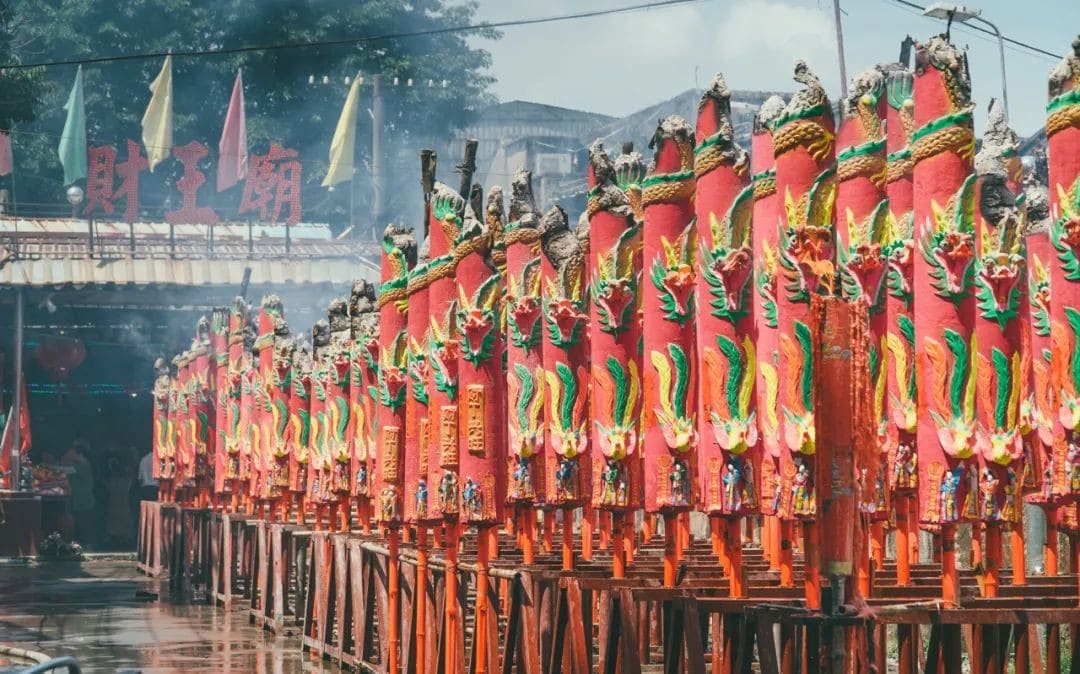
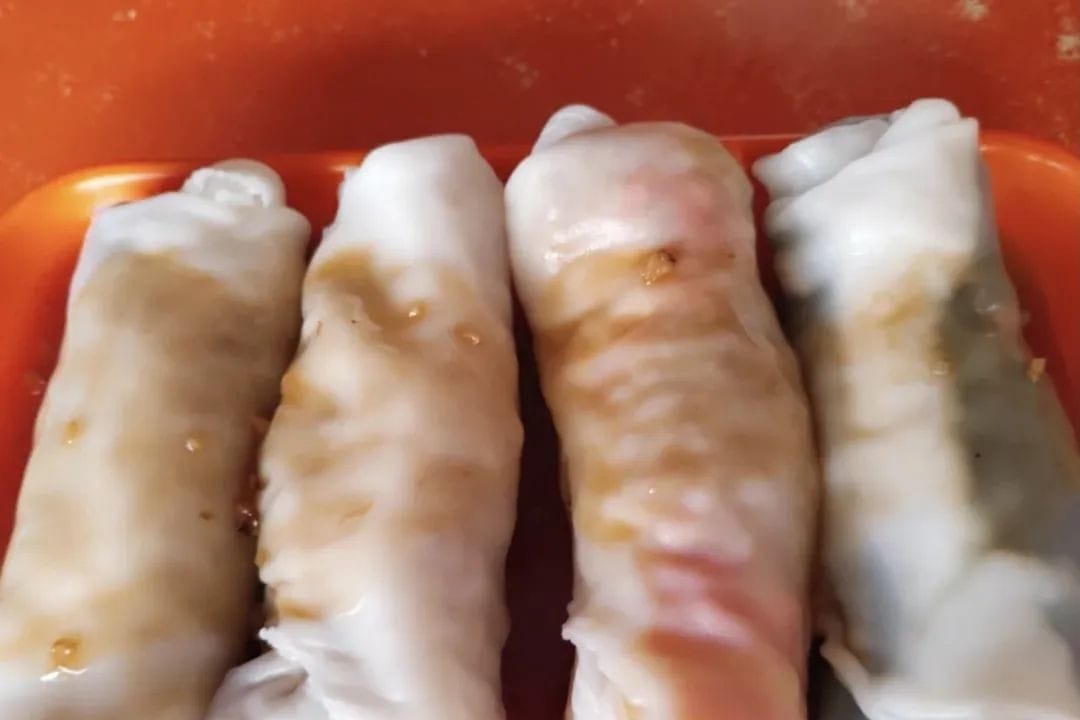
After falling in love with Chaoshan, I carefully studied the Chaoshan map several times. In terms of scale, Jieyang is the largest city in the Chaoshan region, about the size of Shantou plus Chaozhou combined.
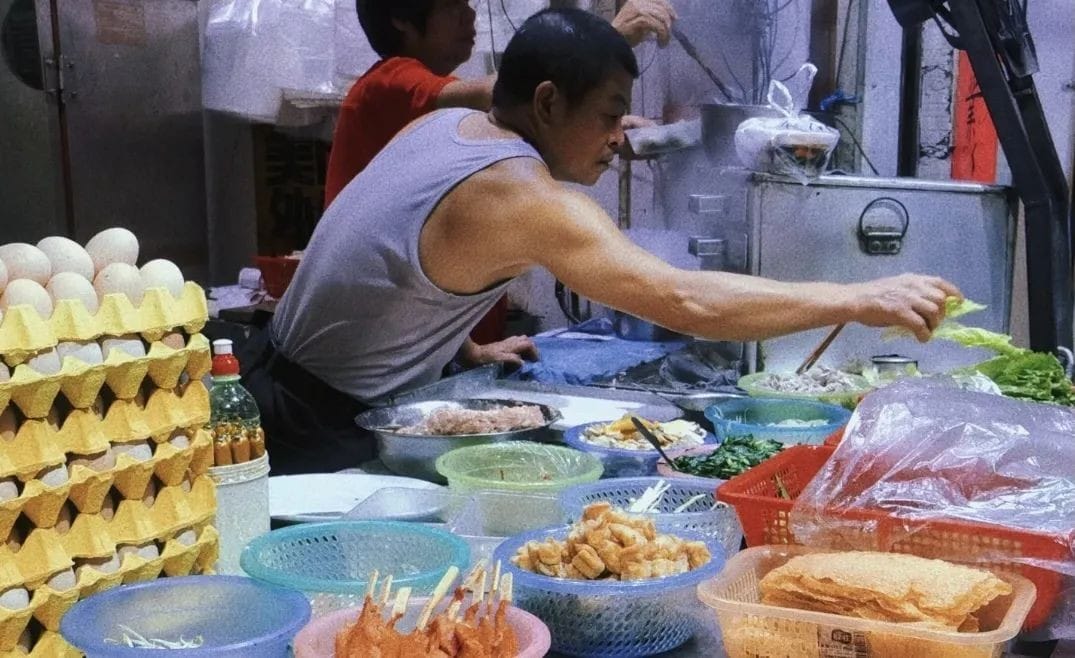
Geographically, it has mountains, forests, oceans, rivers, lakes, reservoirs, and hot springs—nothing is missing.
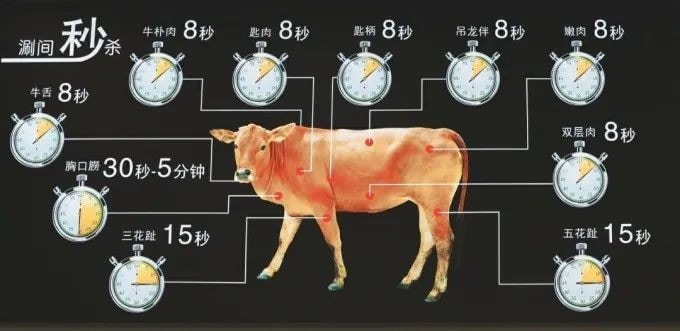
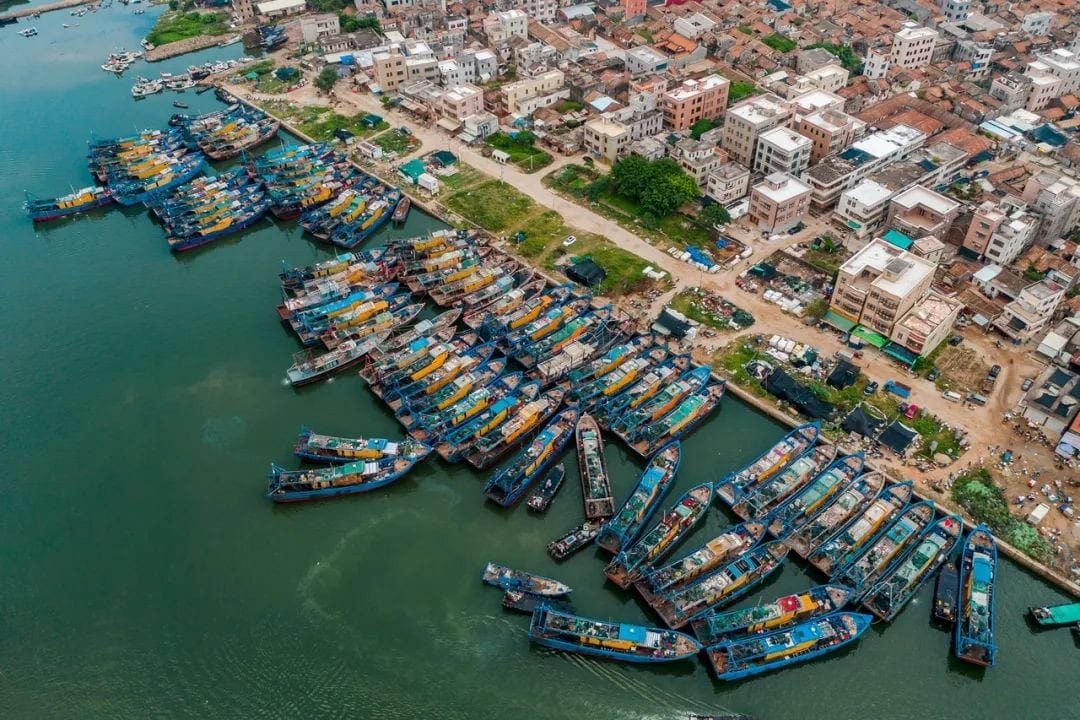
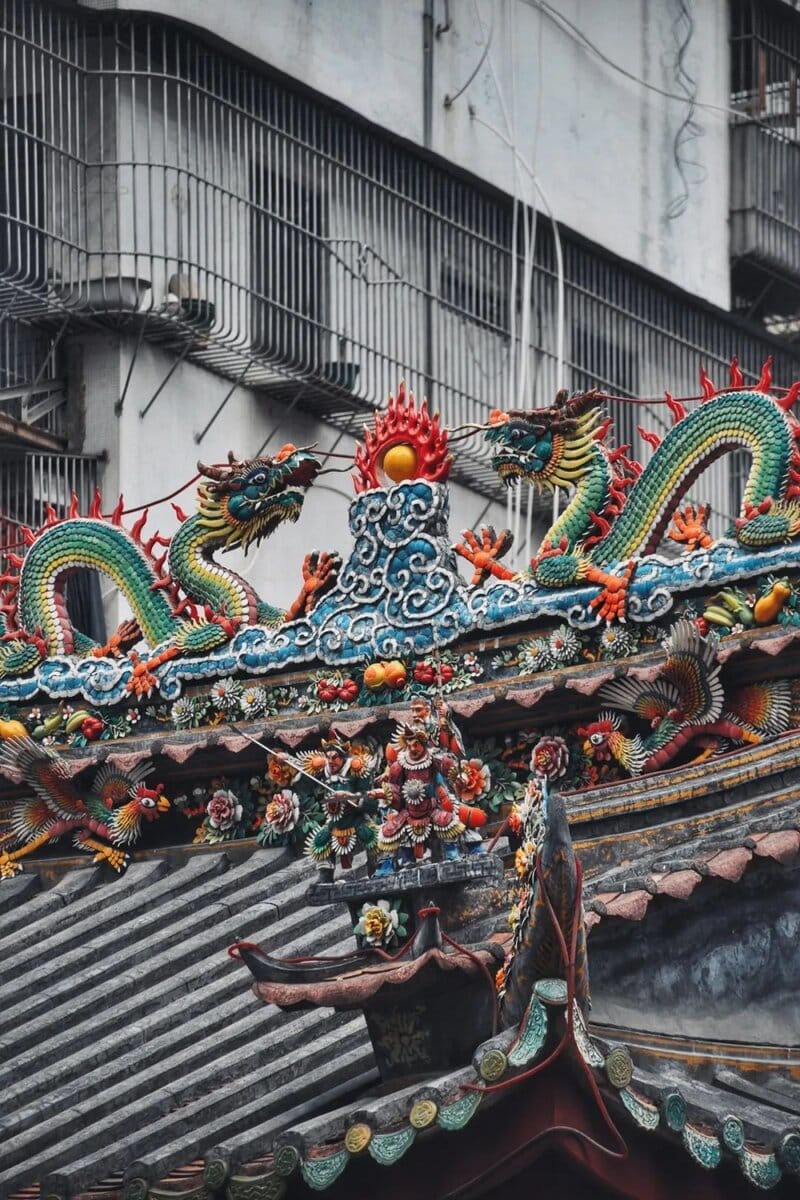
Guangzhou residents often choose it as a destination for short trips. Jiexi County is famous for its high-value landscapes, boasting the “First Waterfall of Lingnan,” Huangmanzhai Waterfall, and the Dabeishan Forest Park. Here, you relax however you like.
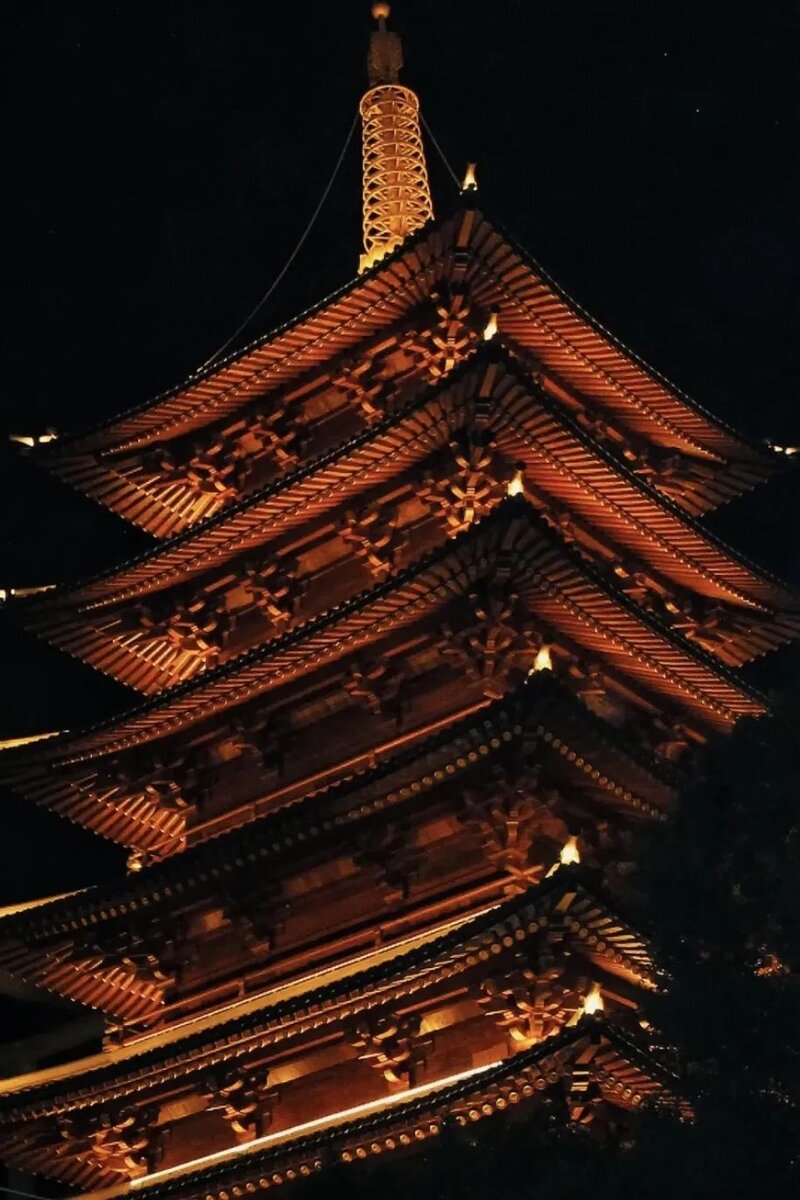
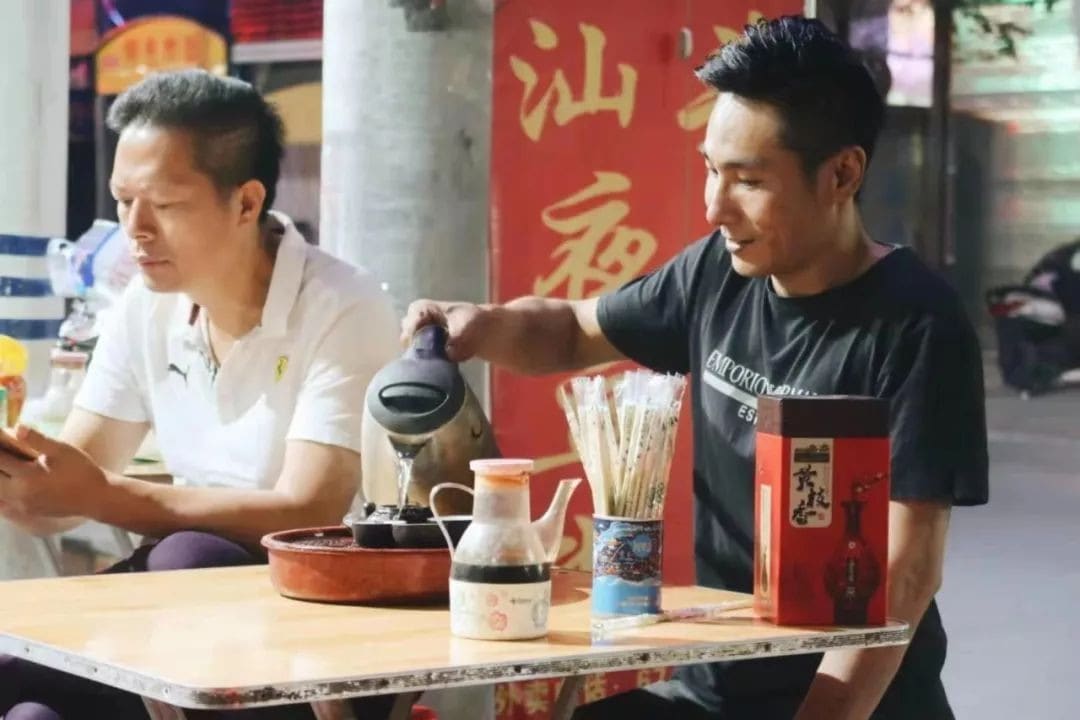
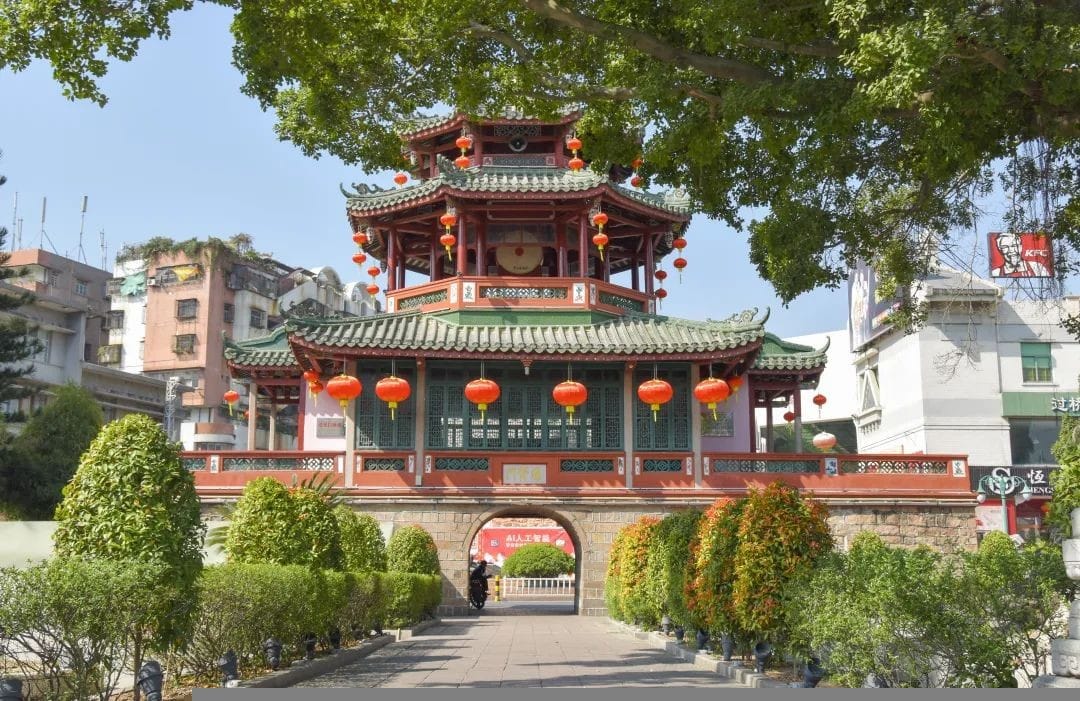
In summer, you can visit Huilai County to see the sea. The less-traveled, pristine bays are increasingly cherished. In winter, you can go to Panlongwan Hot Spring Resort in Puning County for a soak, comfortably… Various mountain and water activities can be fully enjoyed.
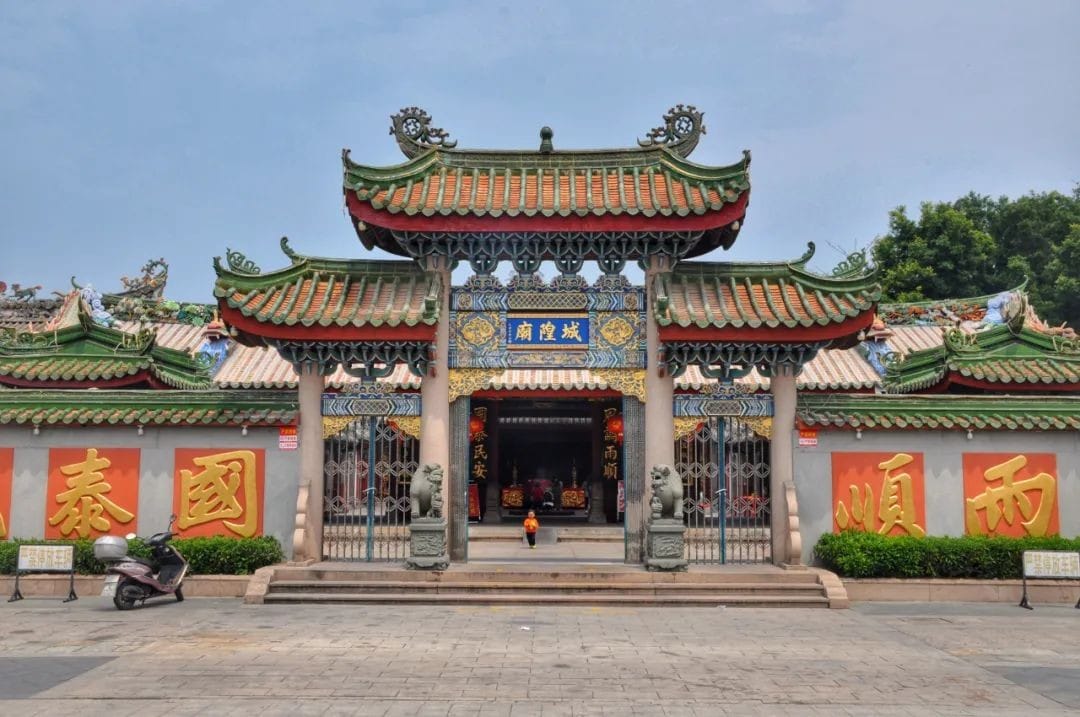
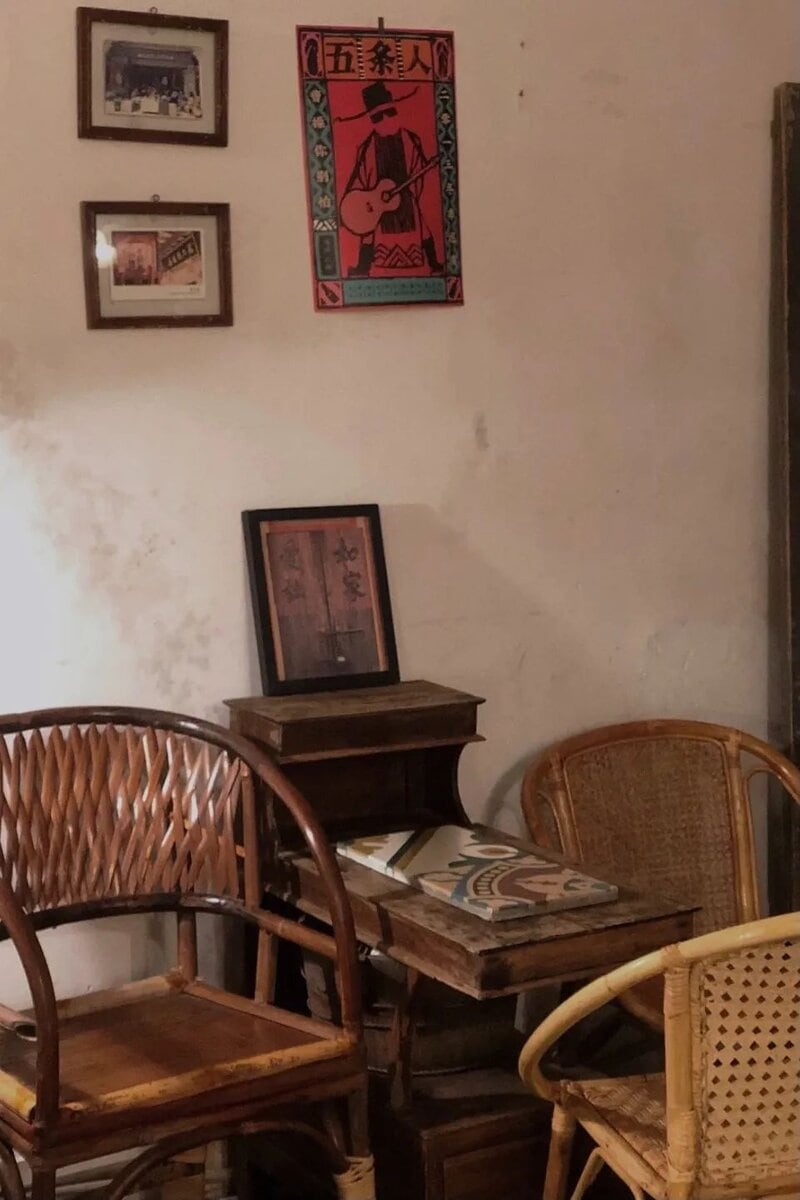
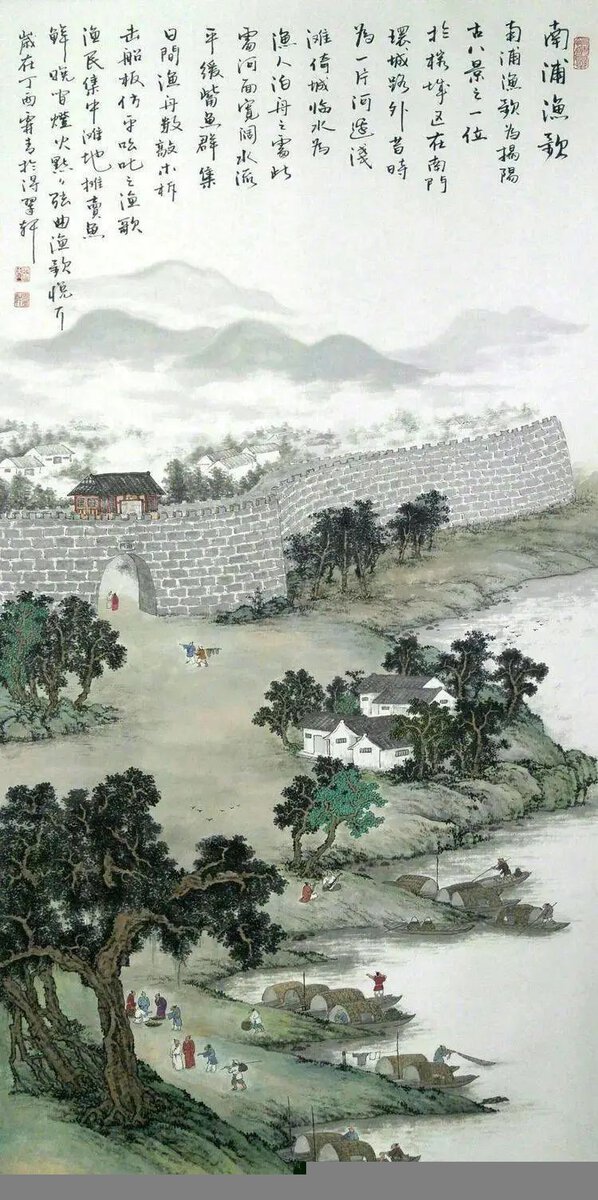
Jieyang is also one of the oldest counties in Guangdong (mainly referring to Rongcheng District), which is the most appealing aspect for me.
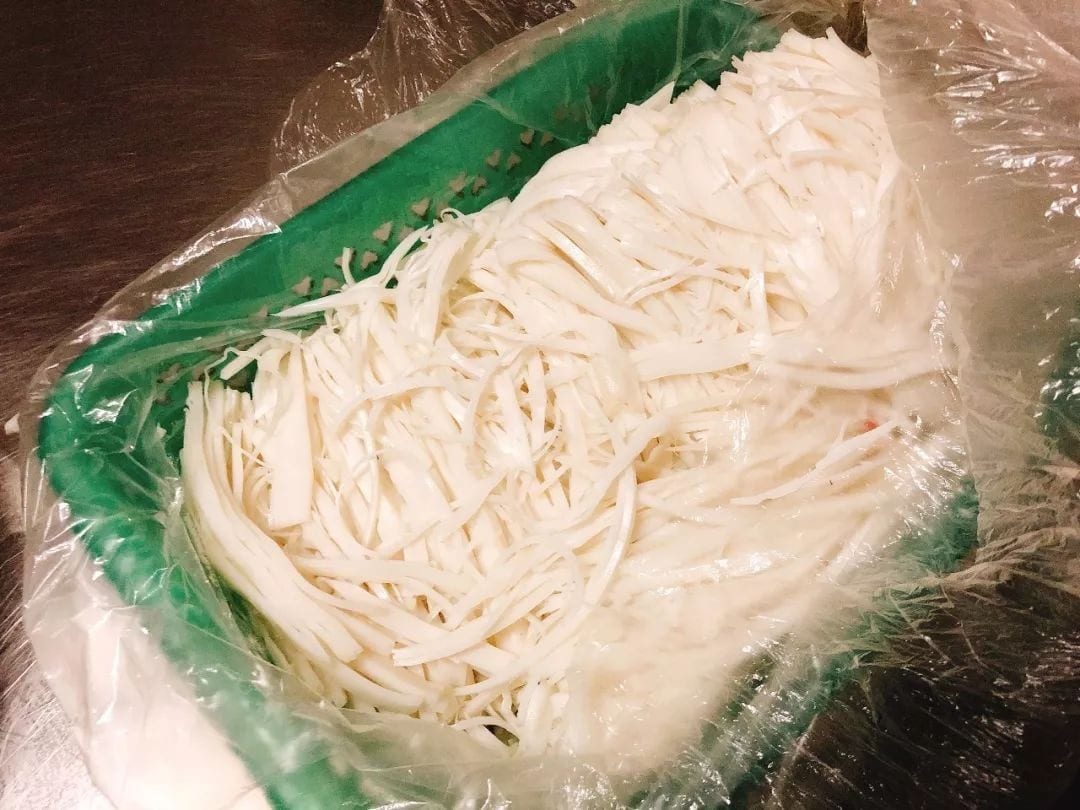
I love these original old cities, with their neat shophouses, bustling ancestral temples, and the various charming Chaoshan elements like guotiao, sweet soup, and Gongfu tea.
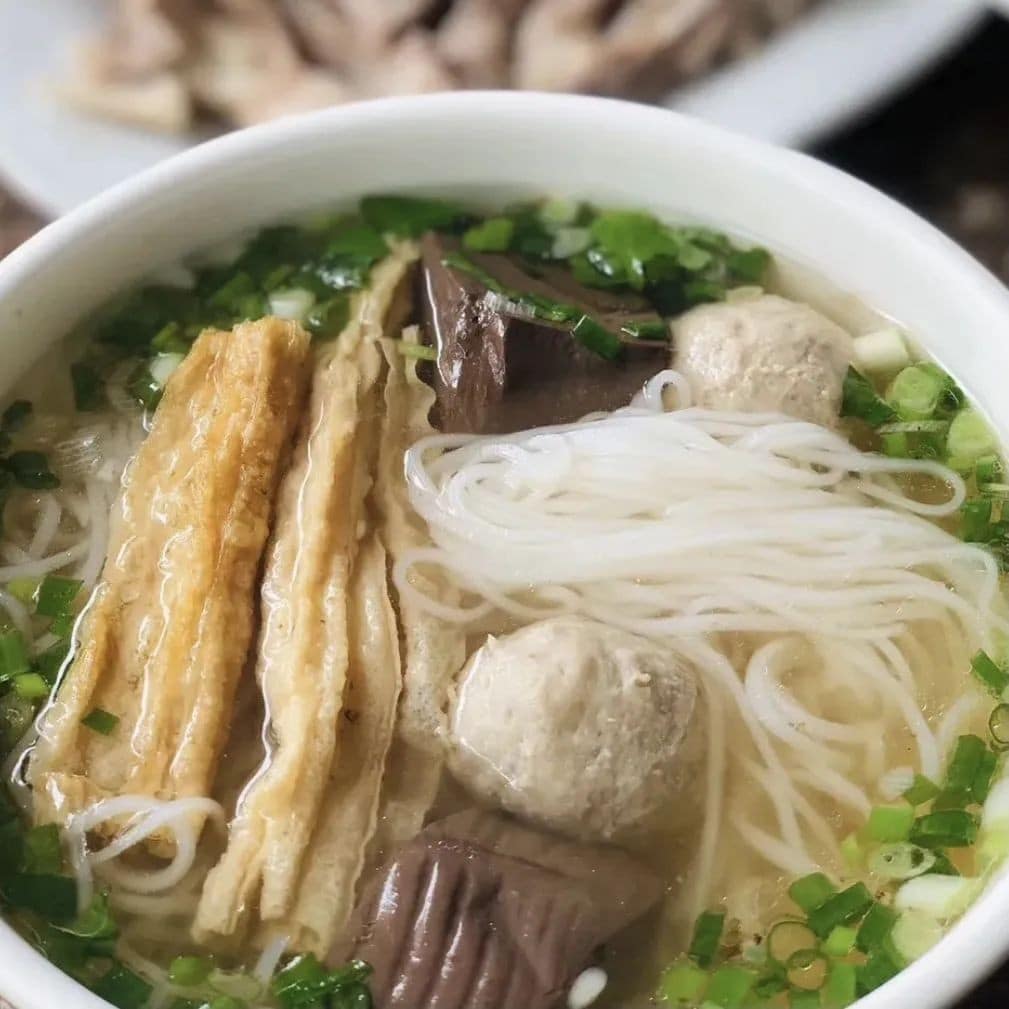
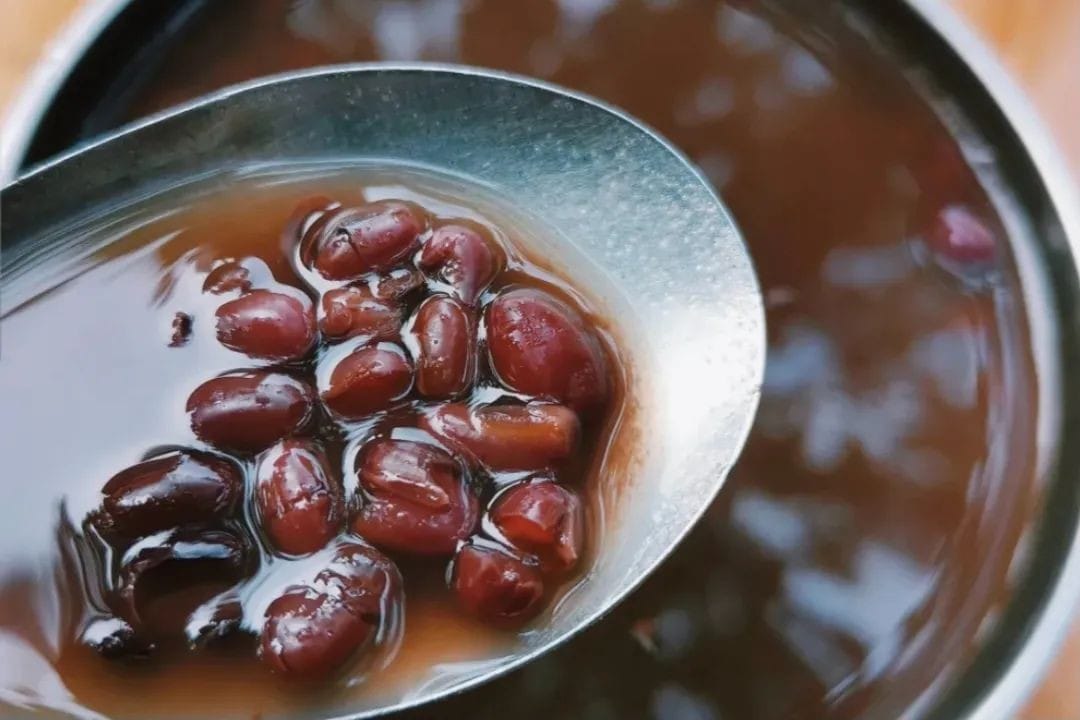
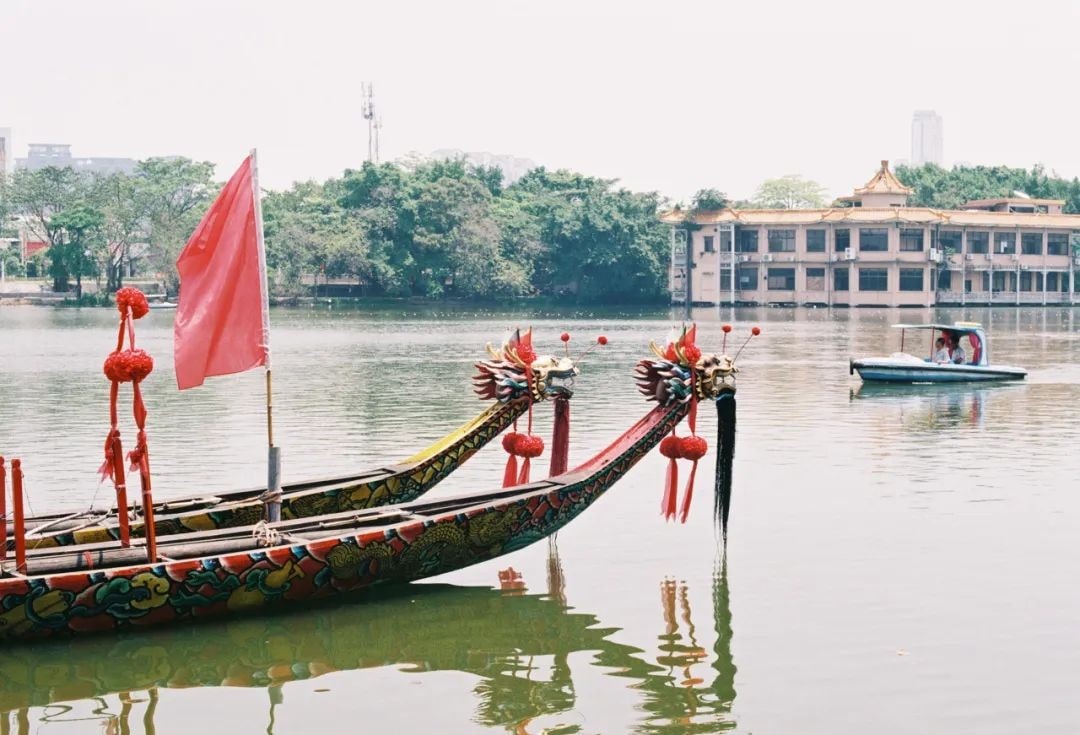
Compared to Shantou and Chaozhou, precisely because Jieyang’s tourism attributes are relatively less prominent, most of the shops here serve the local population.
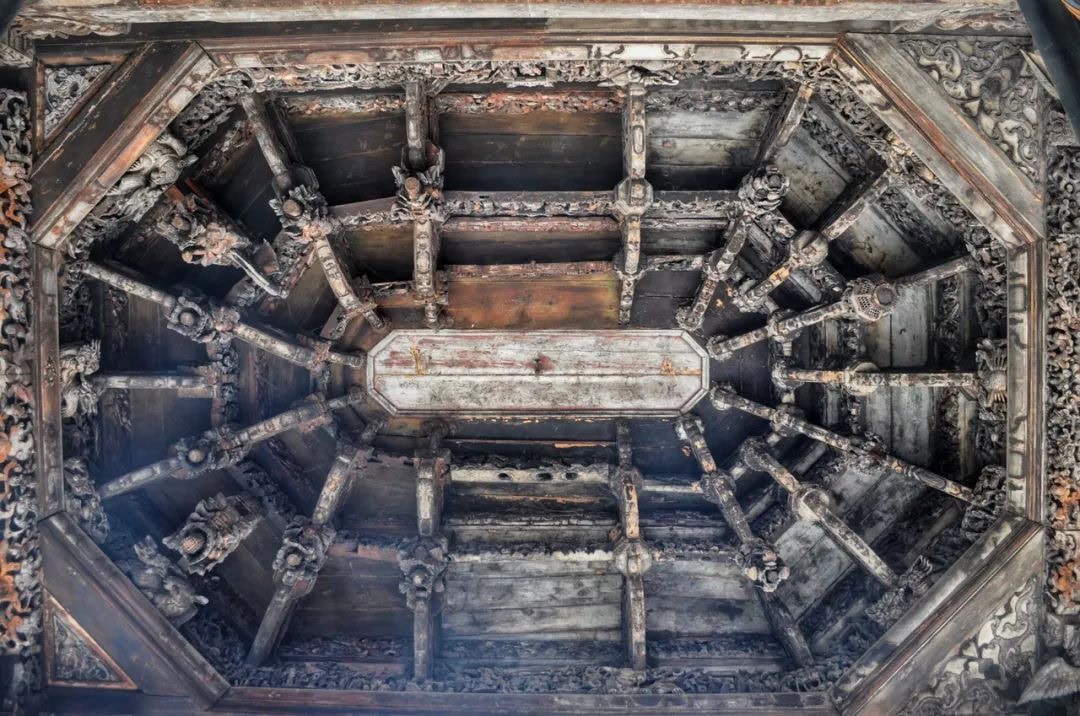
You’ll encounter many local residents, walking at a leisurely pace, their footsteps setting the rhythm of life. Here, you eat what the locals eat, and you can’t go wrong.
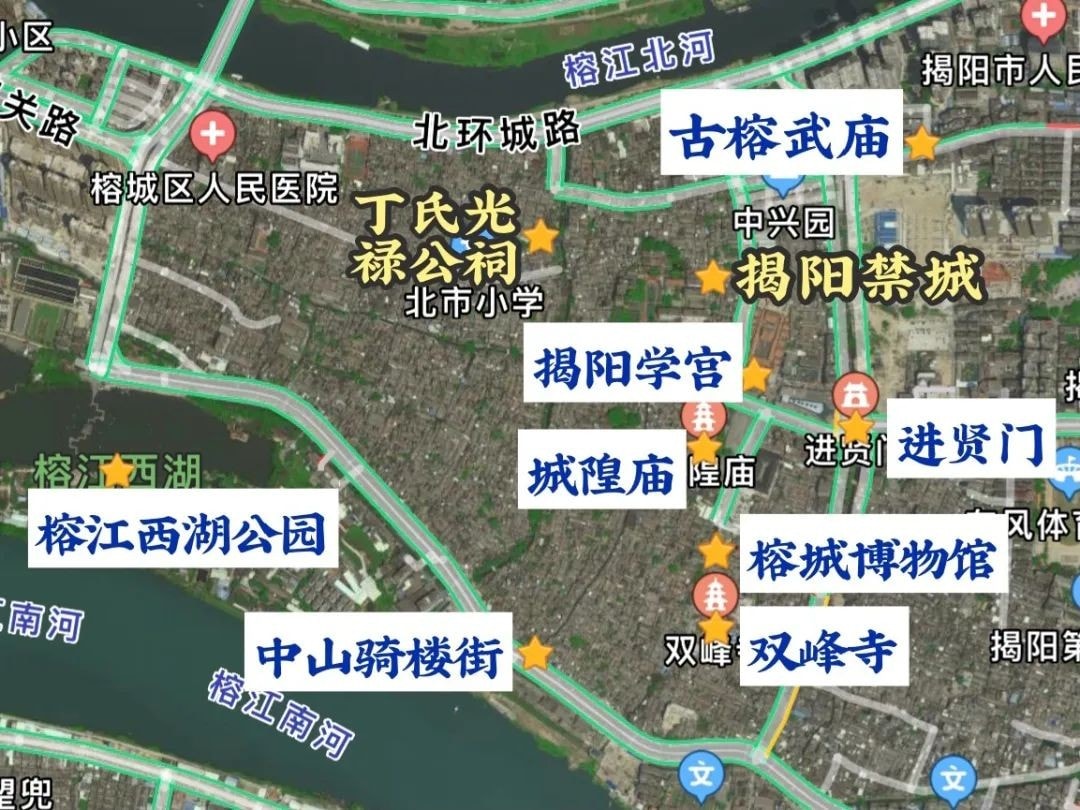
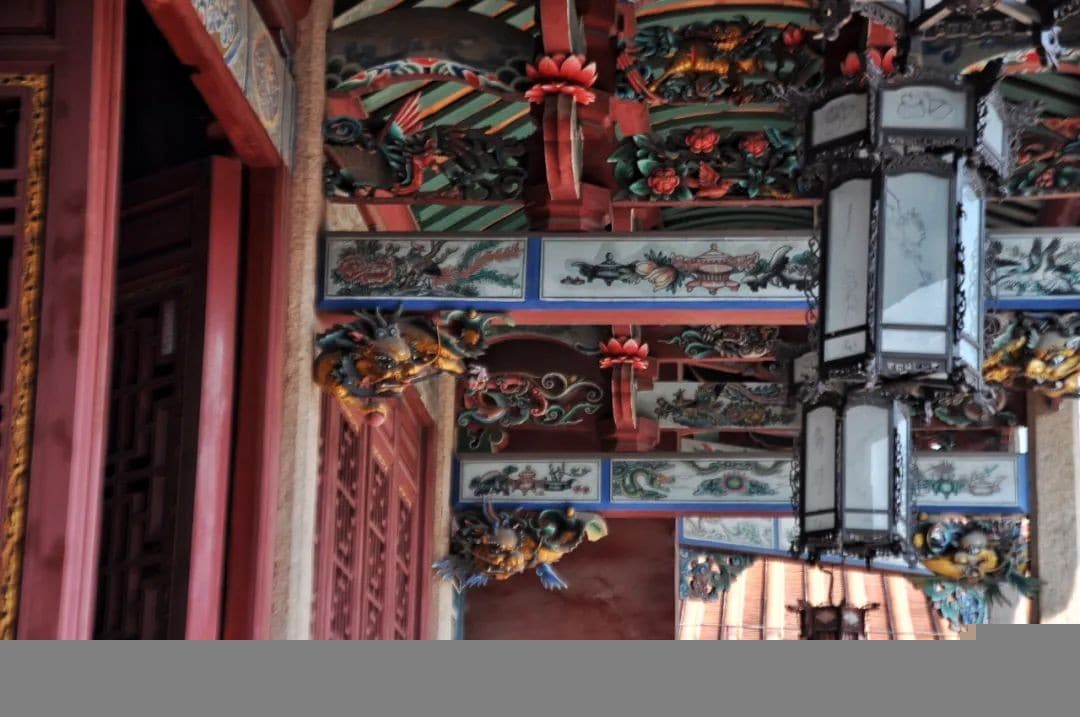
A Jieyang City Walk
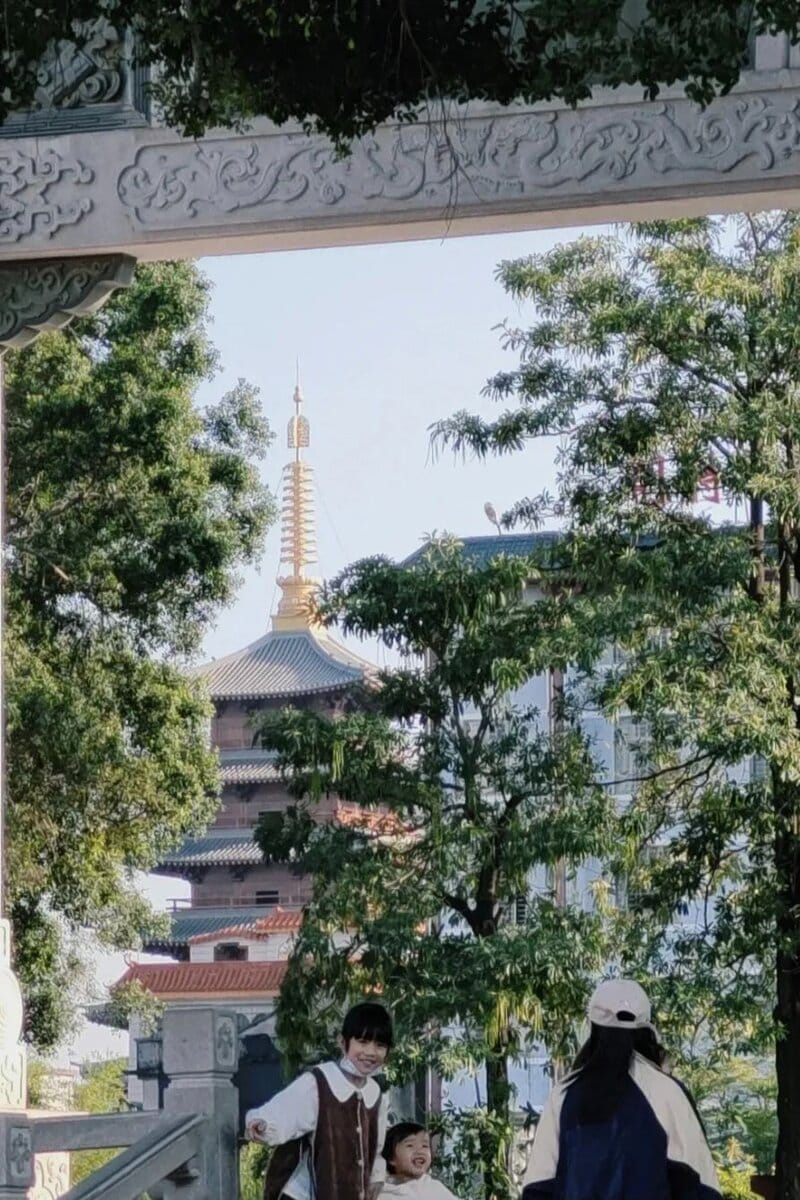
For many people, Jieyang is a transit stop for travel, as Jieyang Chaoshan International Airport is the only airport serving the three cities of the Chaoshan region.
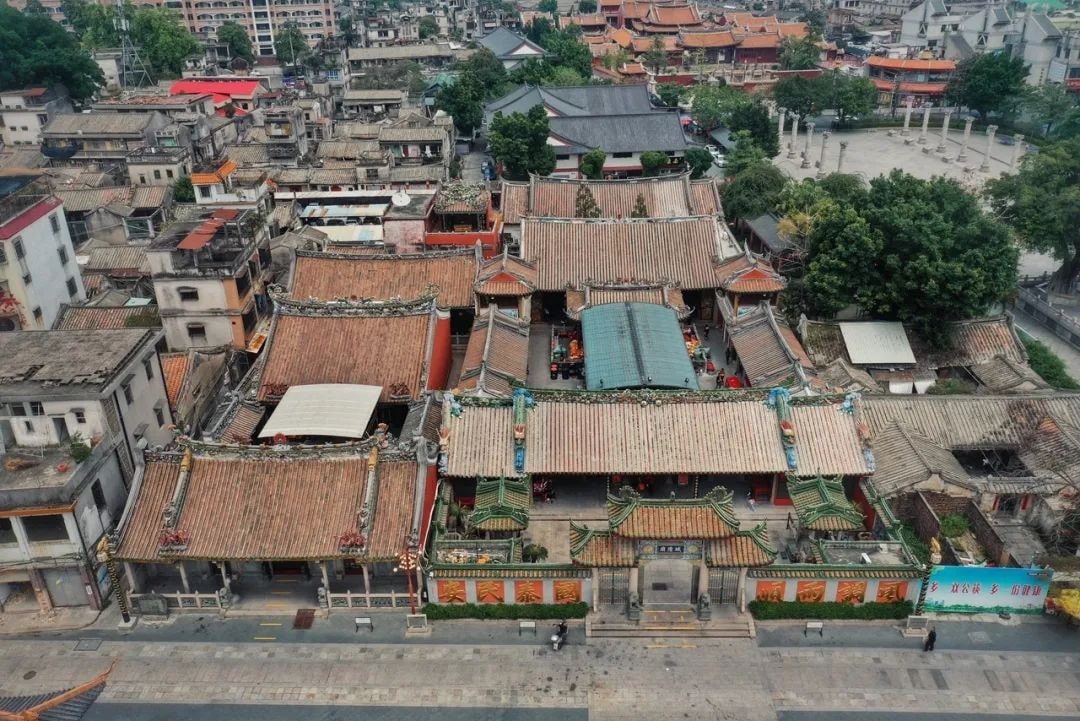
If you come here to catch a flight, it’s just a 30-minute drive to unlock this old Chaoshan city.
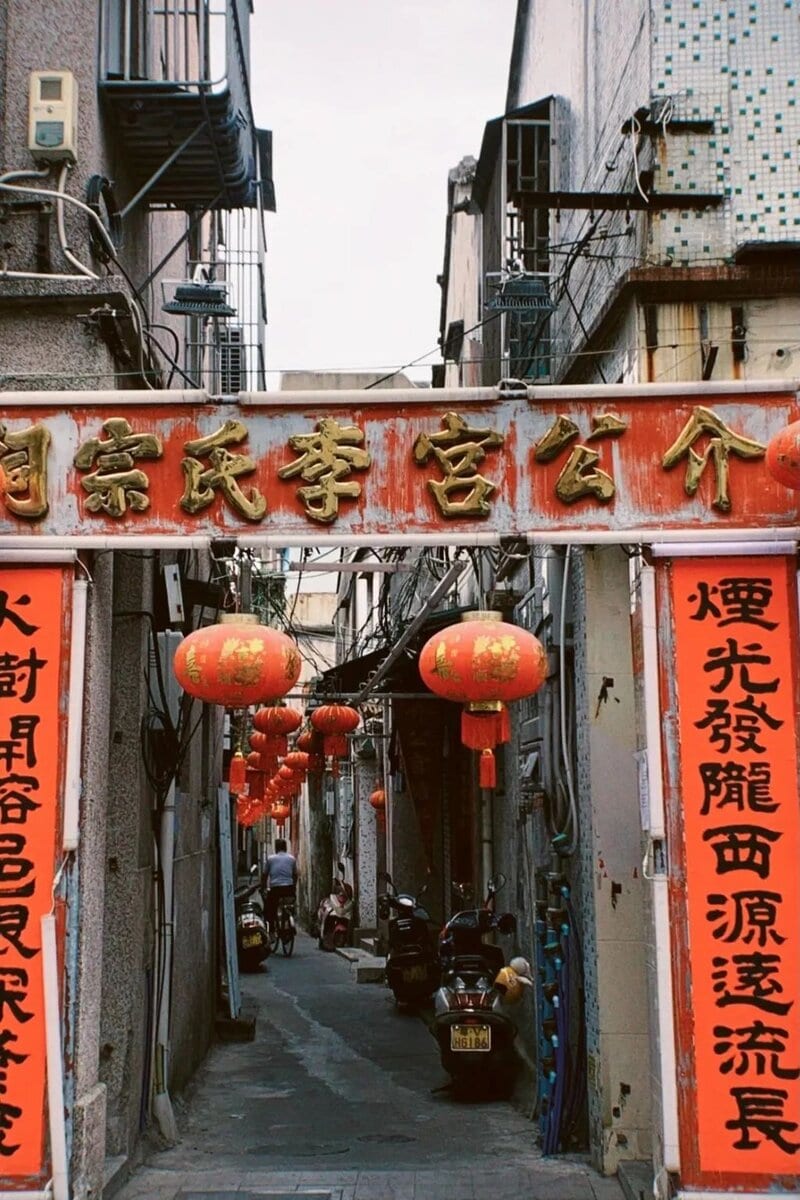
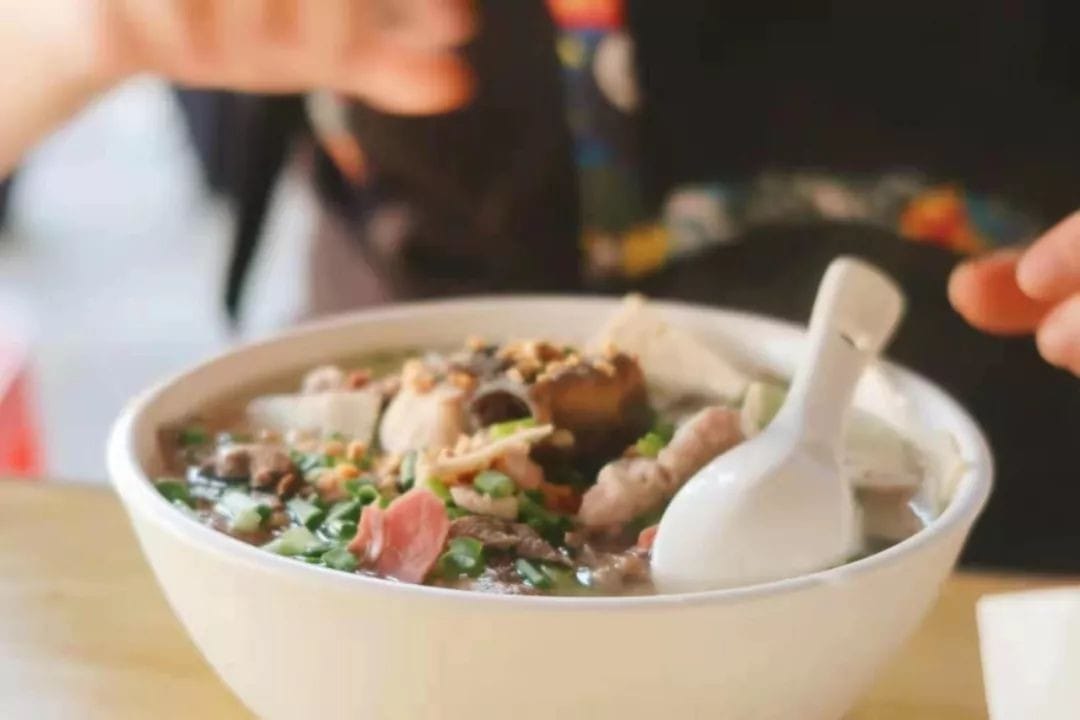
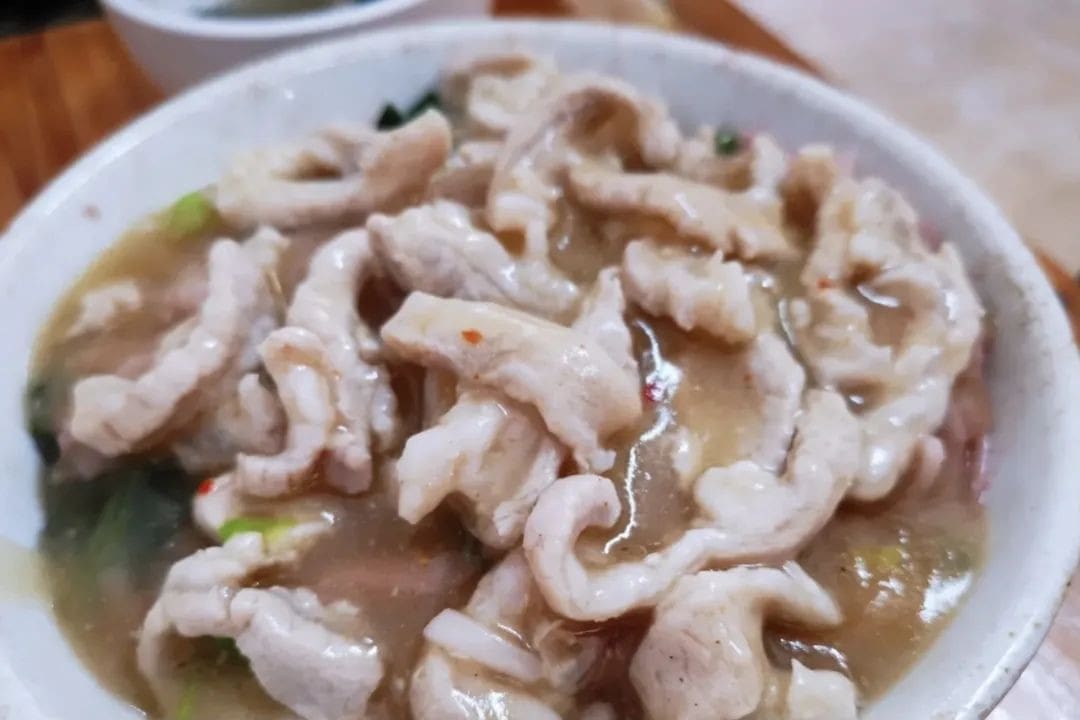
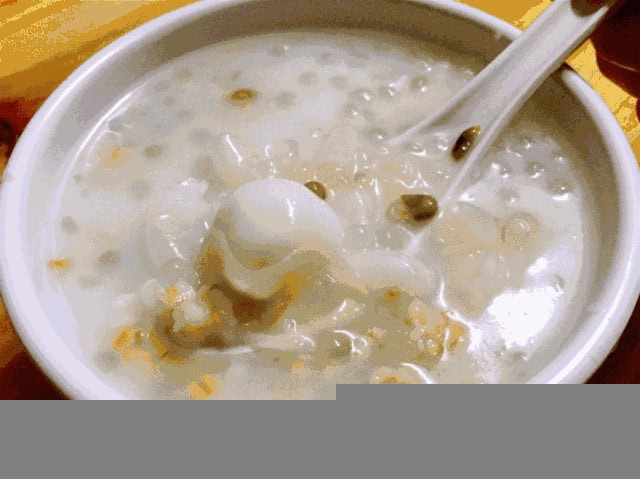
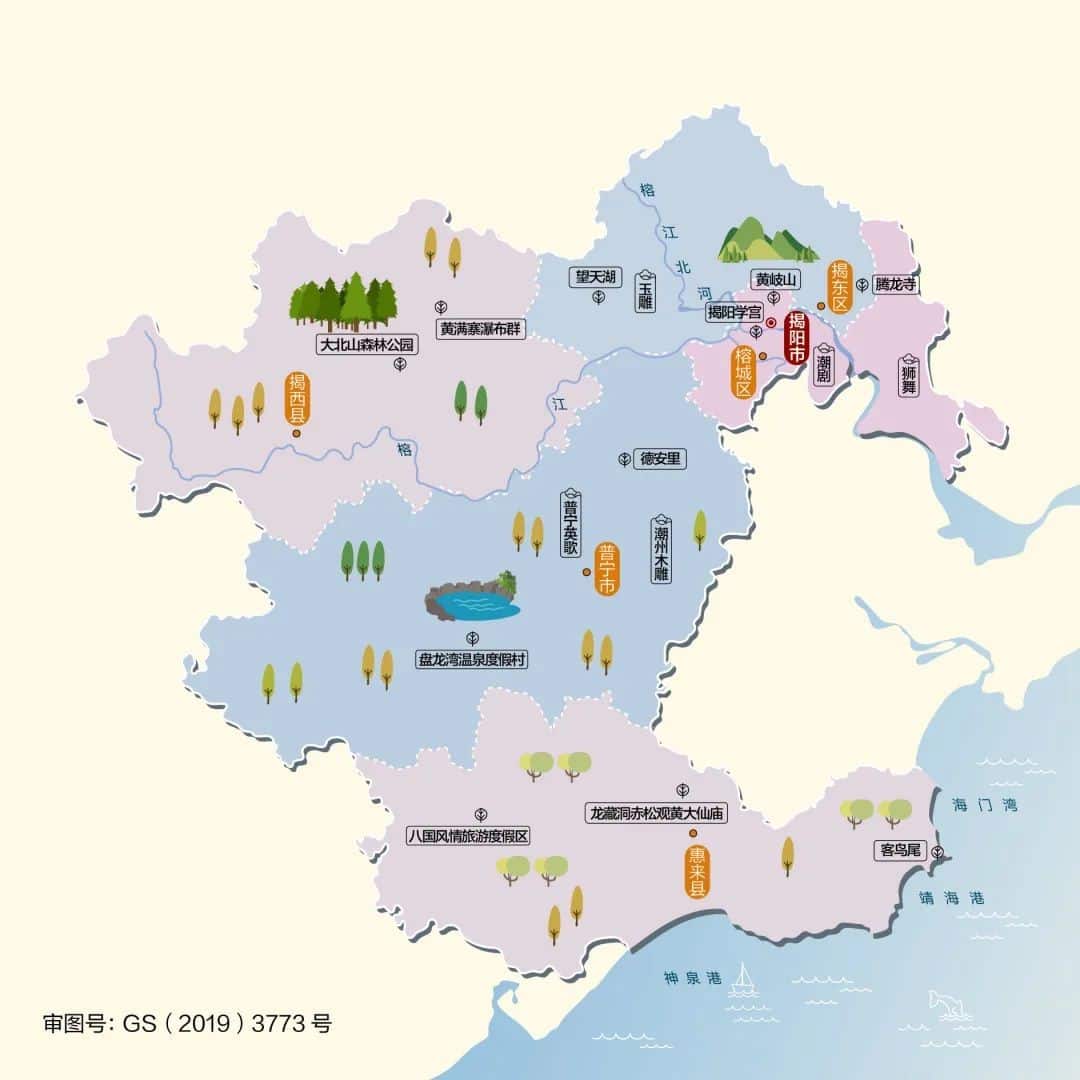
Rongcheng District is the old city area of Jieyang and has always been the core area where the old and new converge most intensely. I did some research and found that the old city area is concentrated with many cultural sites, and the distances are not far, making it very suitable for a Jieyang city walk. I’ll start by laying out the route here.
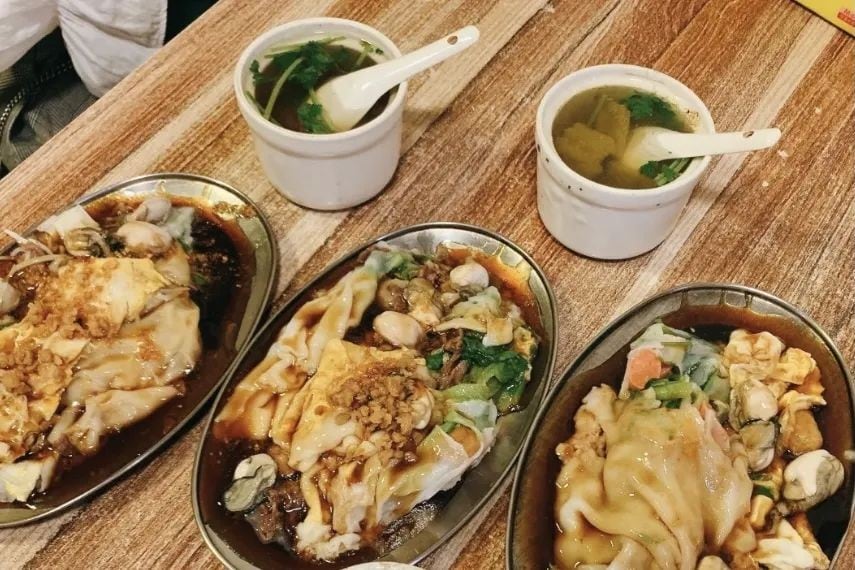
Ancient Banyan Martial Temple (National Protected) — Jieyang Confucian Temple (National Protected) — Jin Xian Gate — Rongcheng District Museum (Bailan Mountain Hall) — Shuangfeng Temple — City God Temple — Zhongshan Shophouse District — West Lake Park
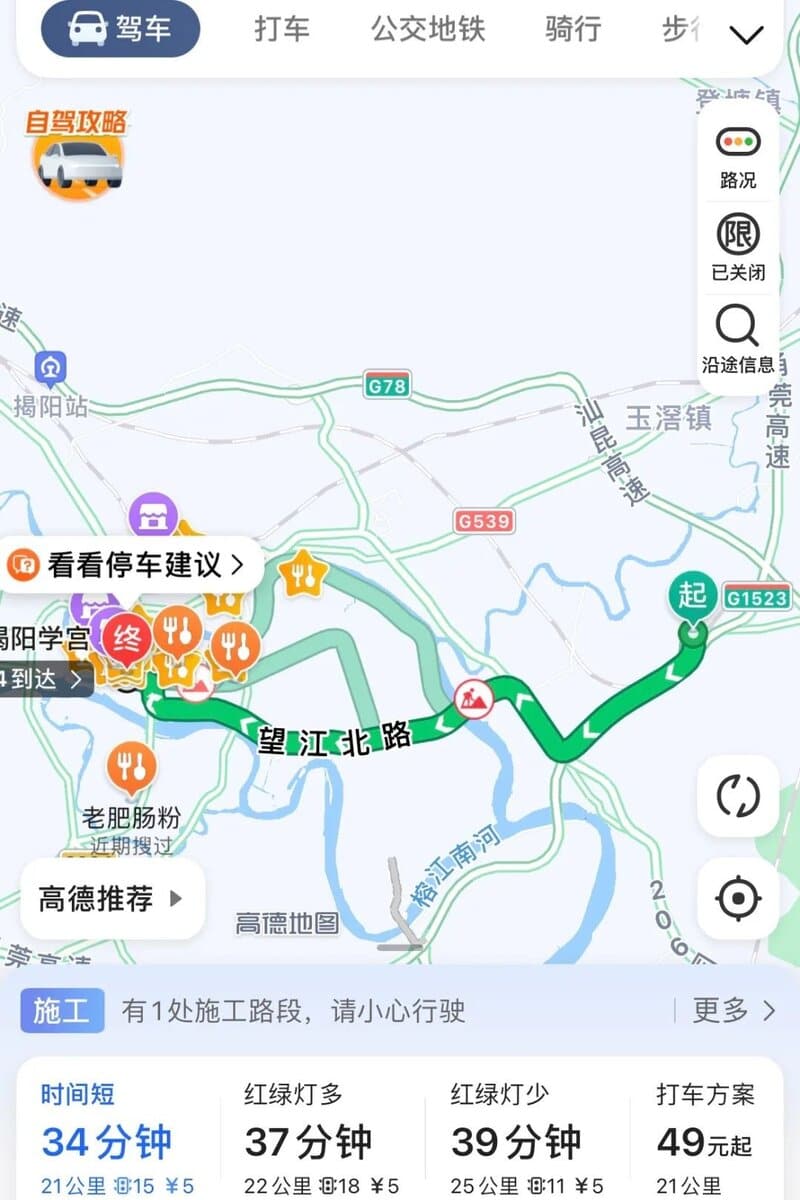
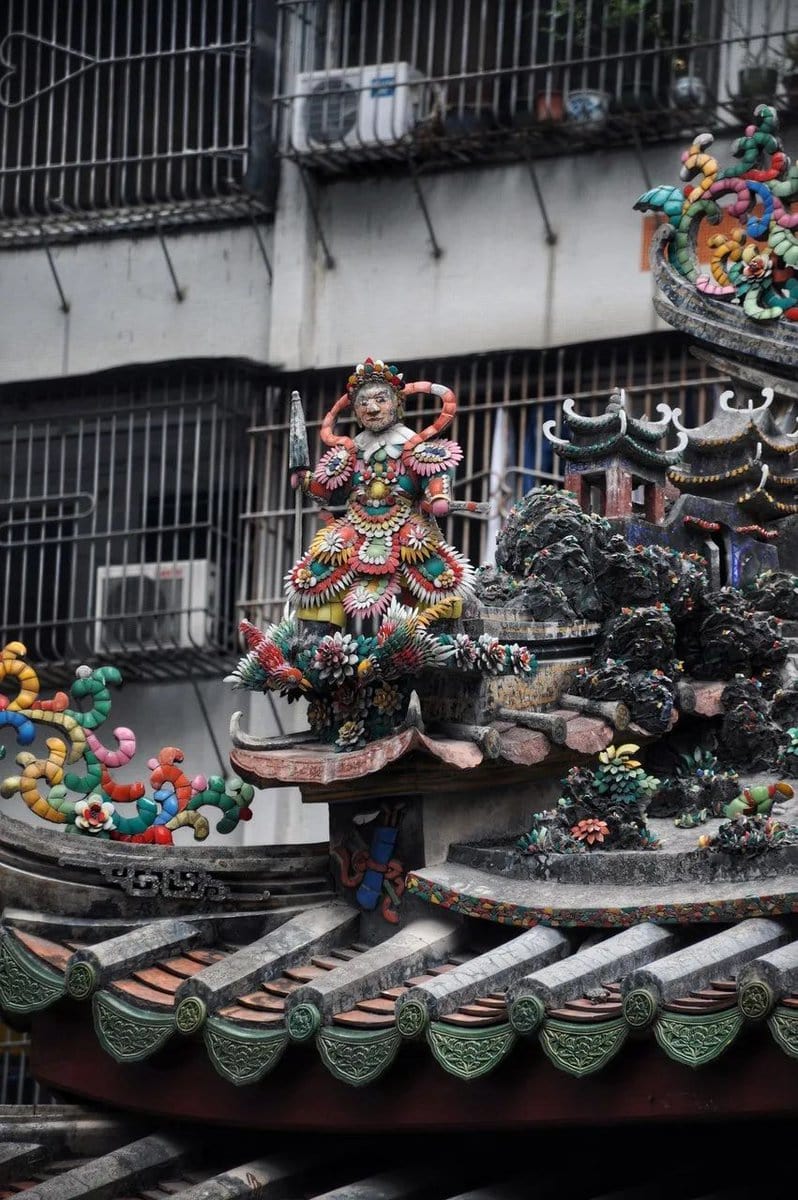
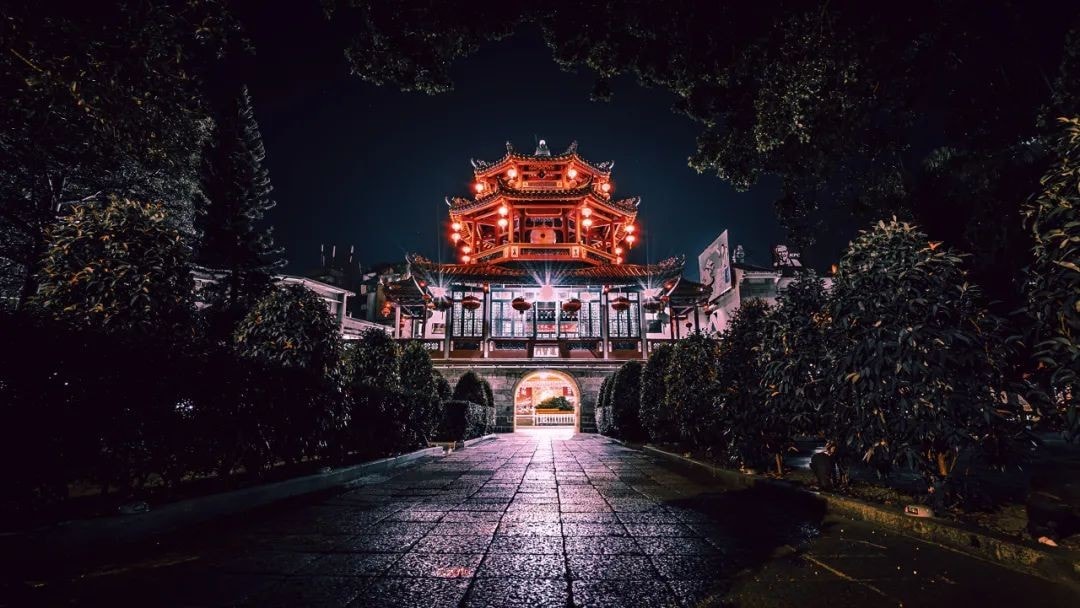
I estimate it will take 2-3 hours to walk the entire route, plus the stops for eating and drinking along the way, making for a pleasant half-day outing.
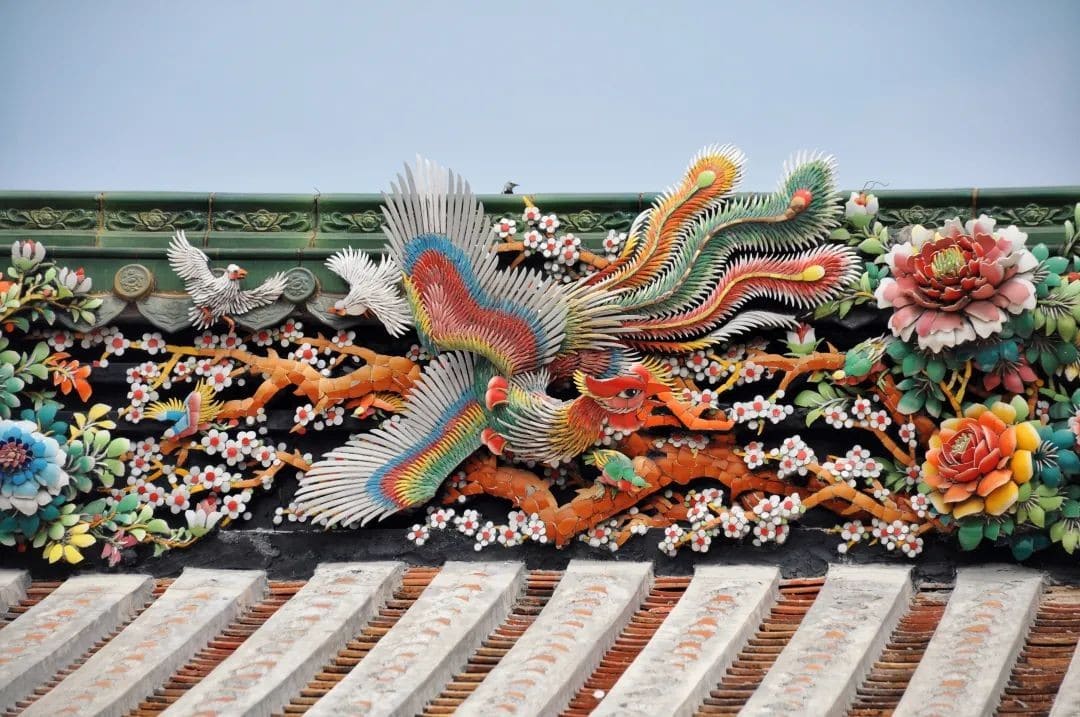
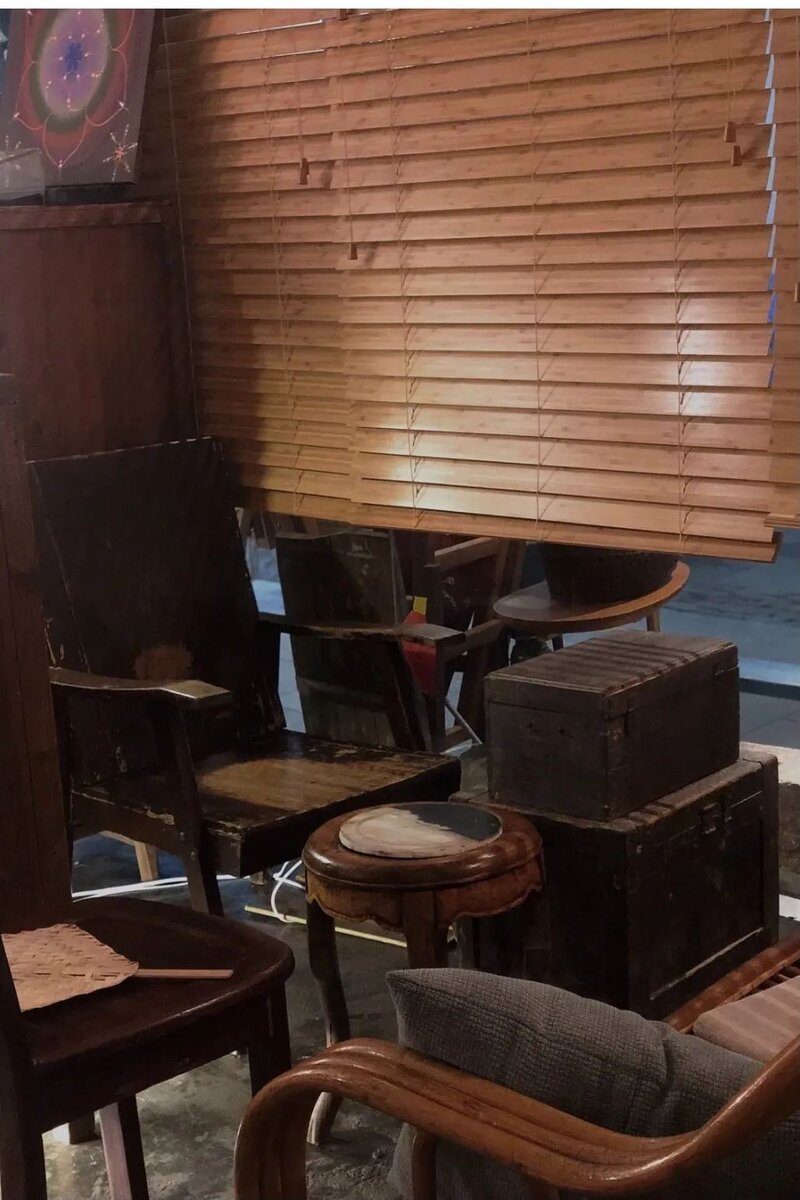
Ancient Banyan Martial Temple
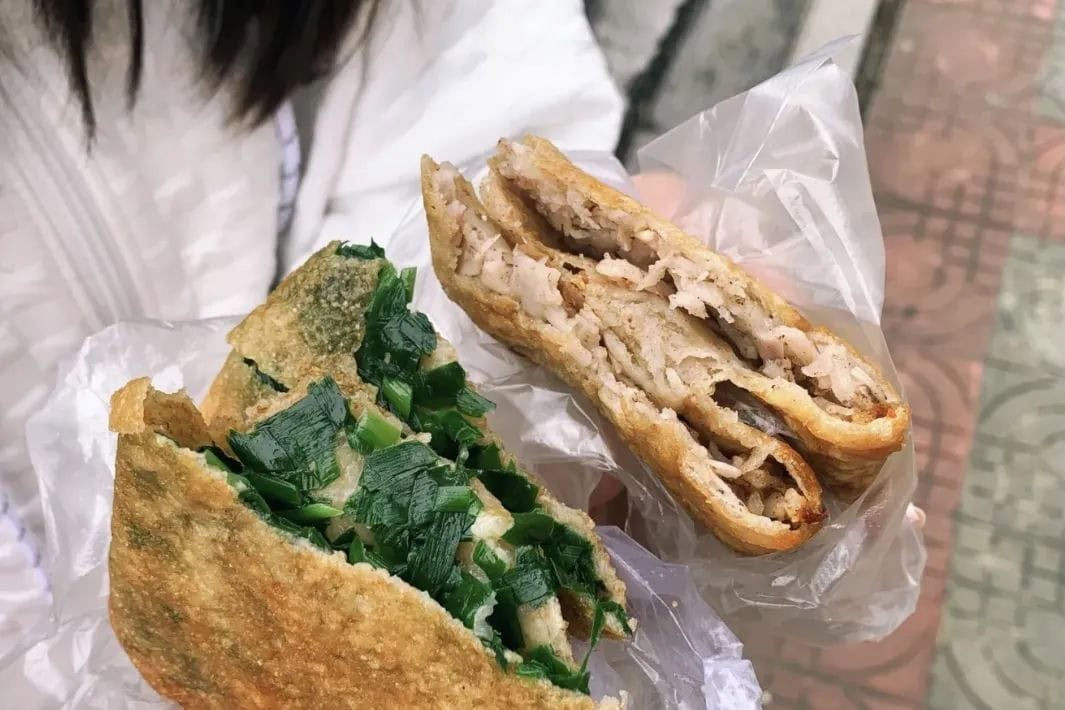
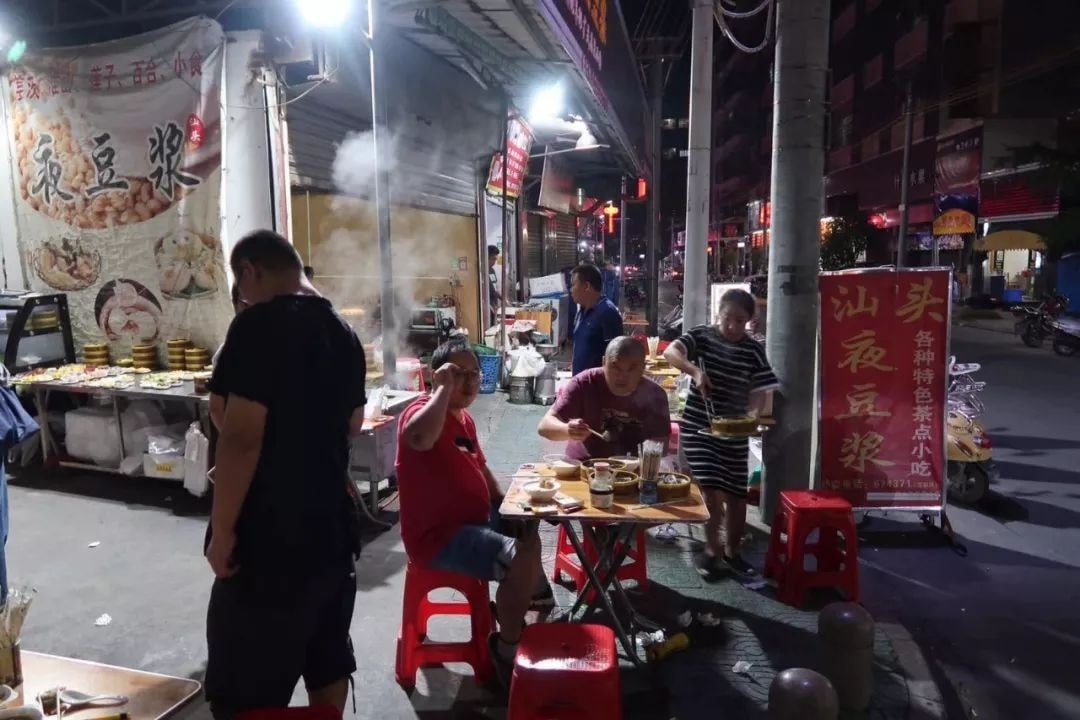
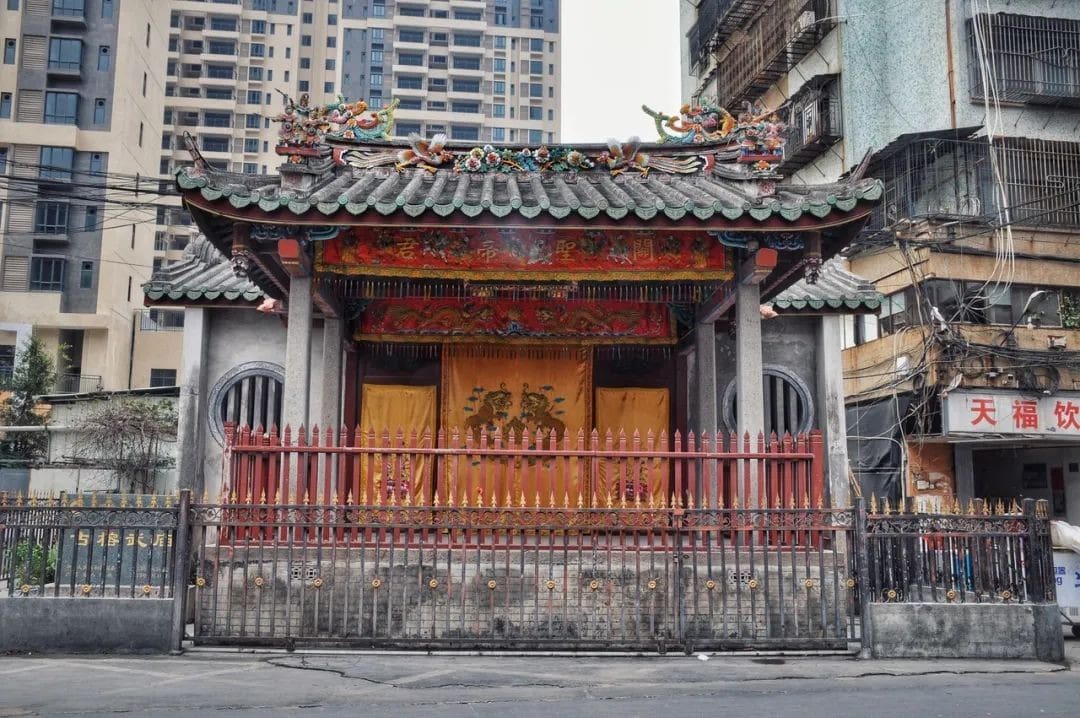
I love visiting temples in the Chaozhou-Shantou area.
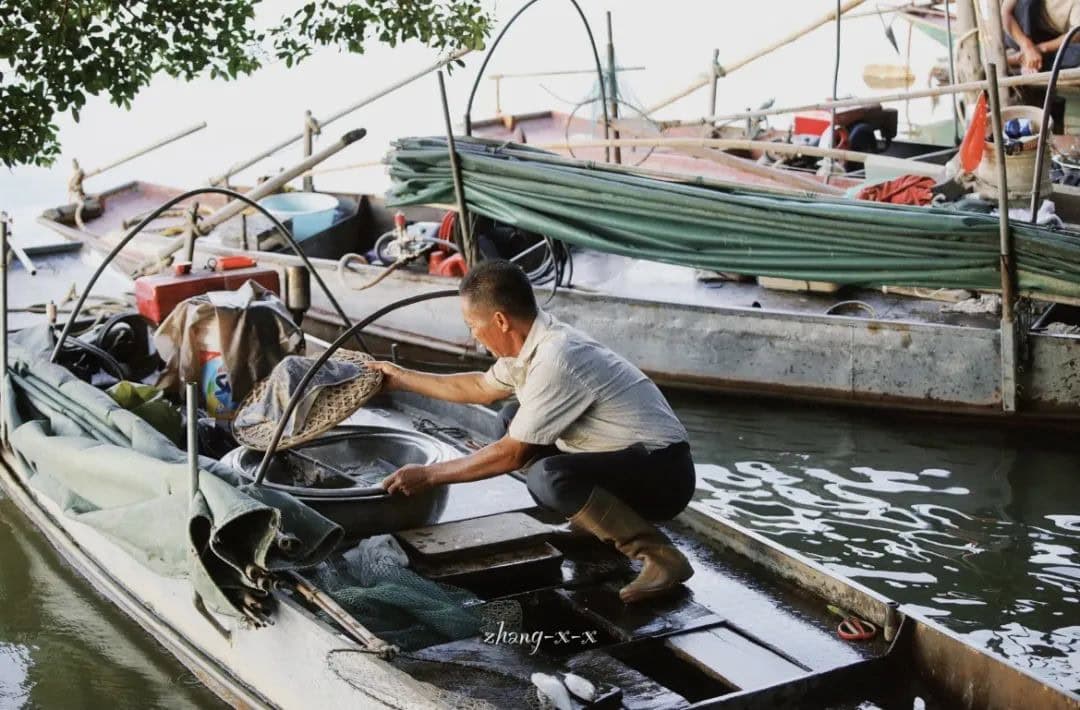
The people here believe that gods are watching from just three feet above their heads, so they place great emphasis on divine protection. When constructing temples, they spare no effort, often using the finest craftsmanship to create structures that are both grand and ornate.
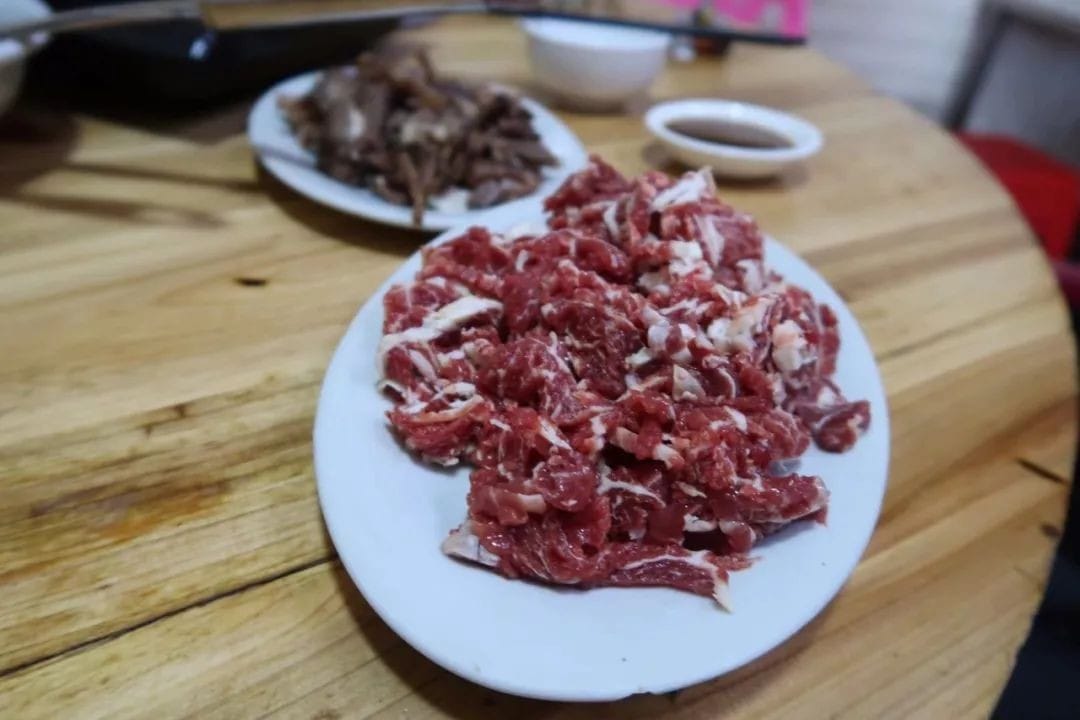
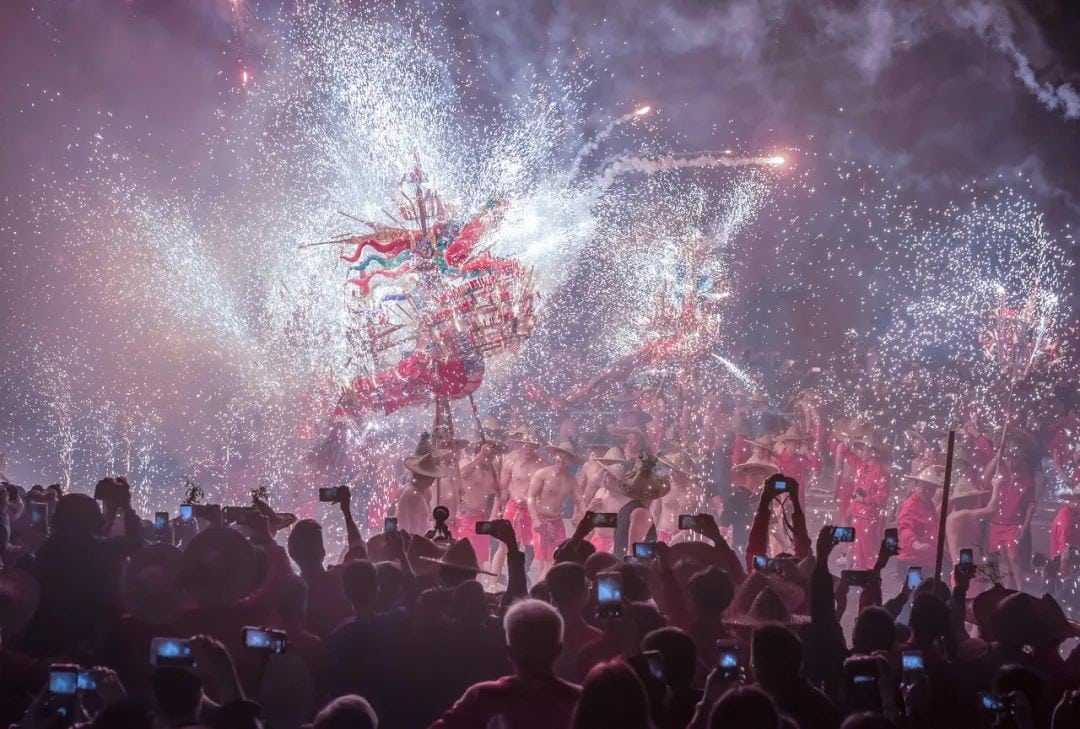
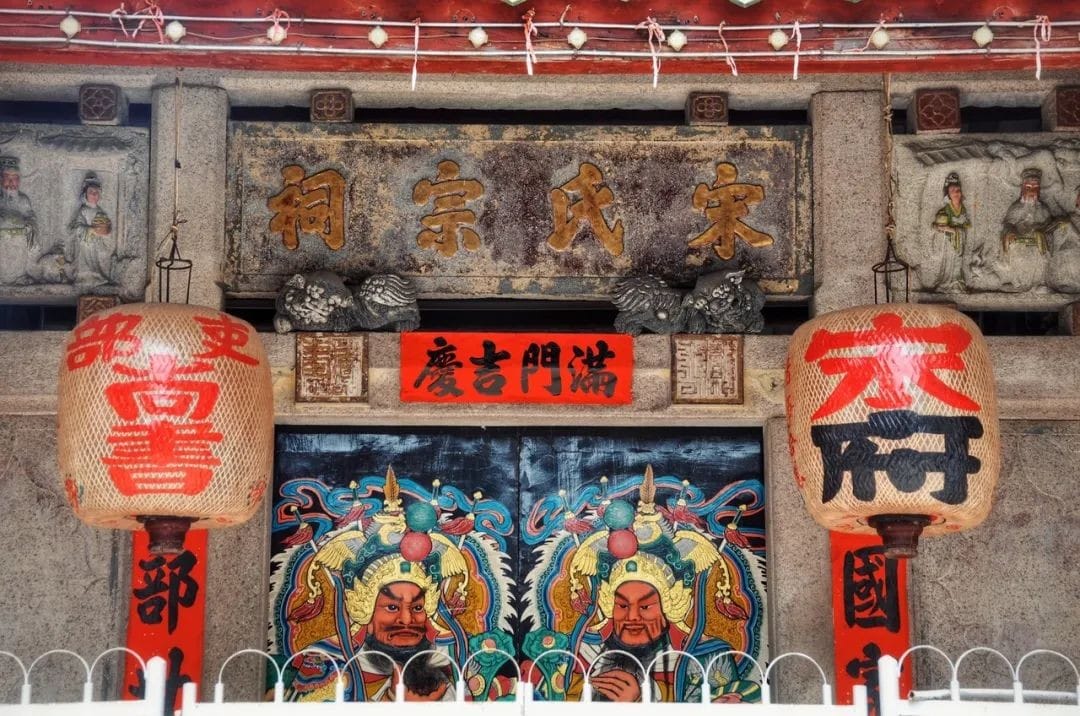
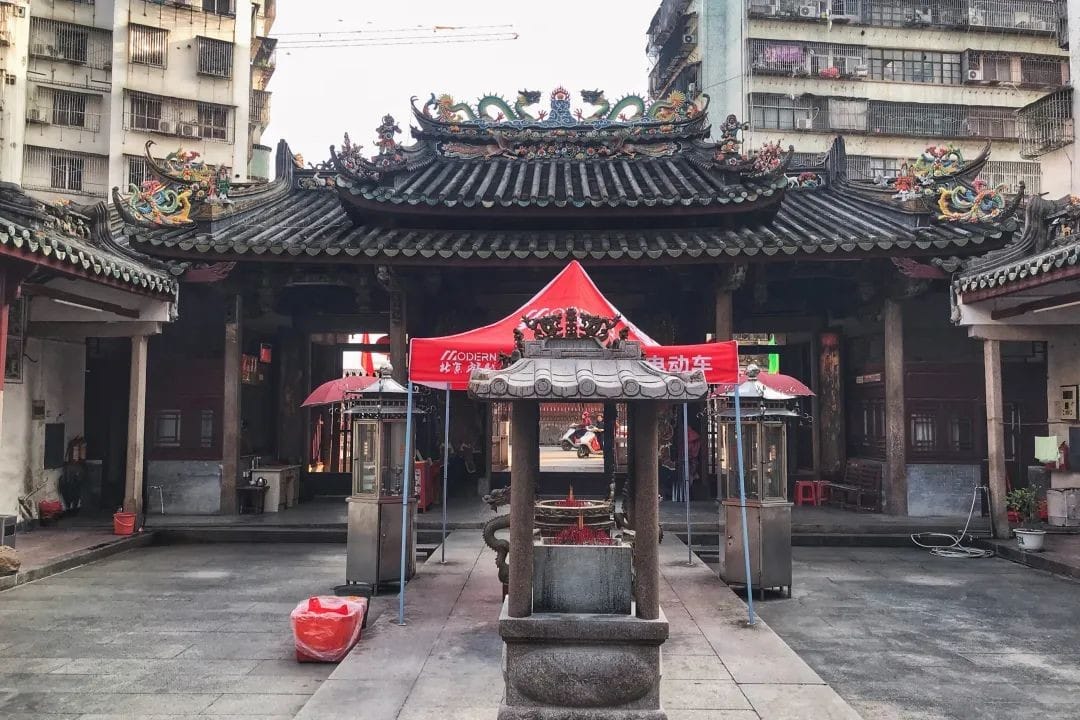
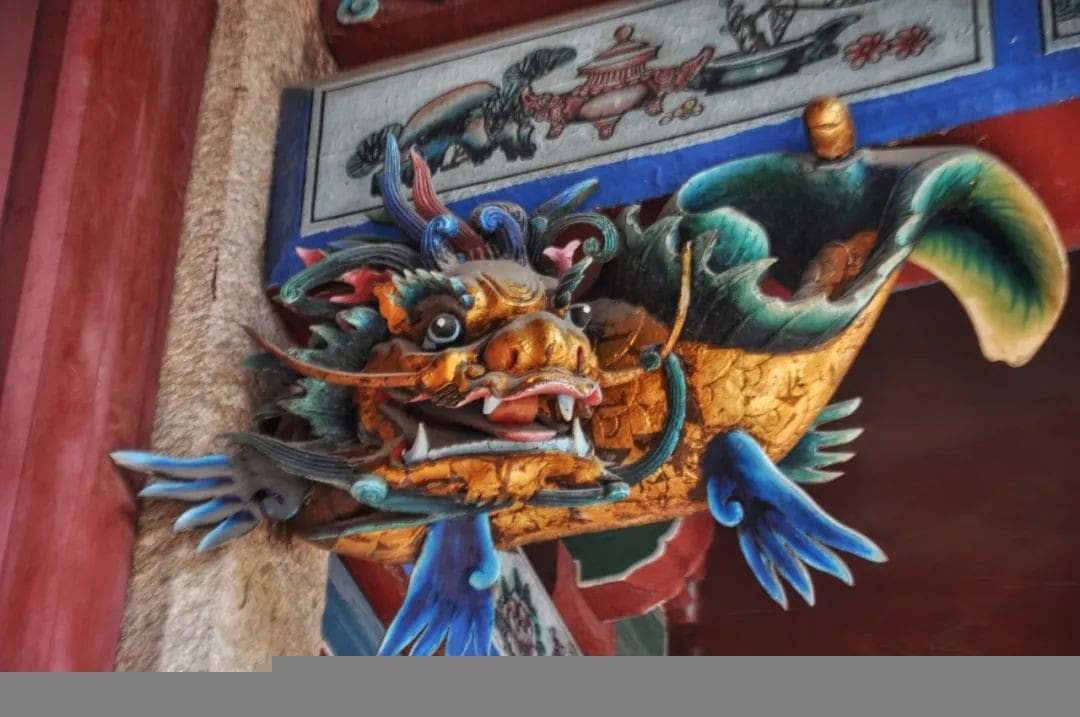
The Ancient Banyan Martial Temple is dedicated to Guan Yu, but to me, it’s practically a museum of Chaozhou woodcarvings. From flowers, birds, insects, and fish, to seasonal fruits, rare beasts, and mythical creatures, as well as folk tales and opera stories, all the common themes of woodcarving can be found here.
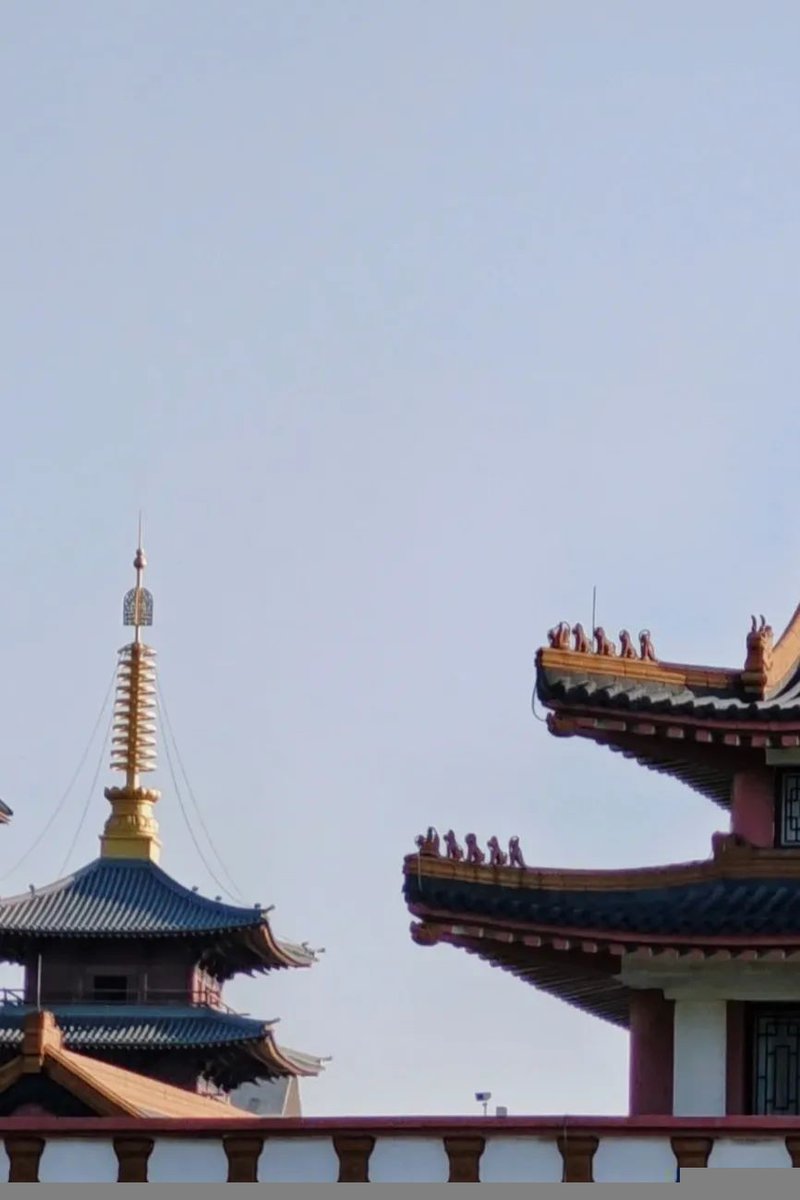
The level of detail in these carvings is so exquisite that it can literally take your breath away.
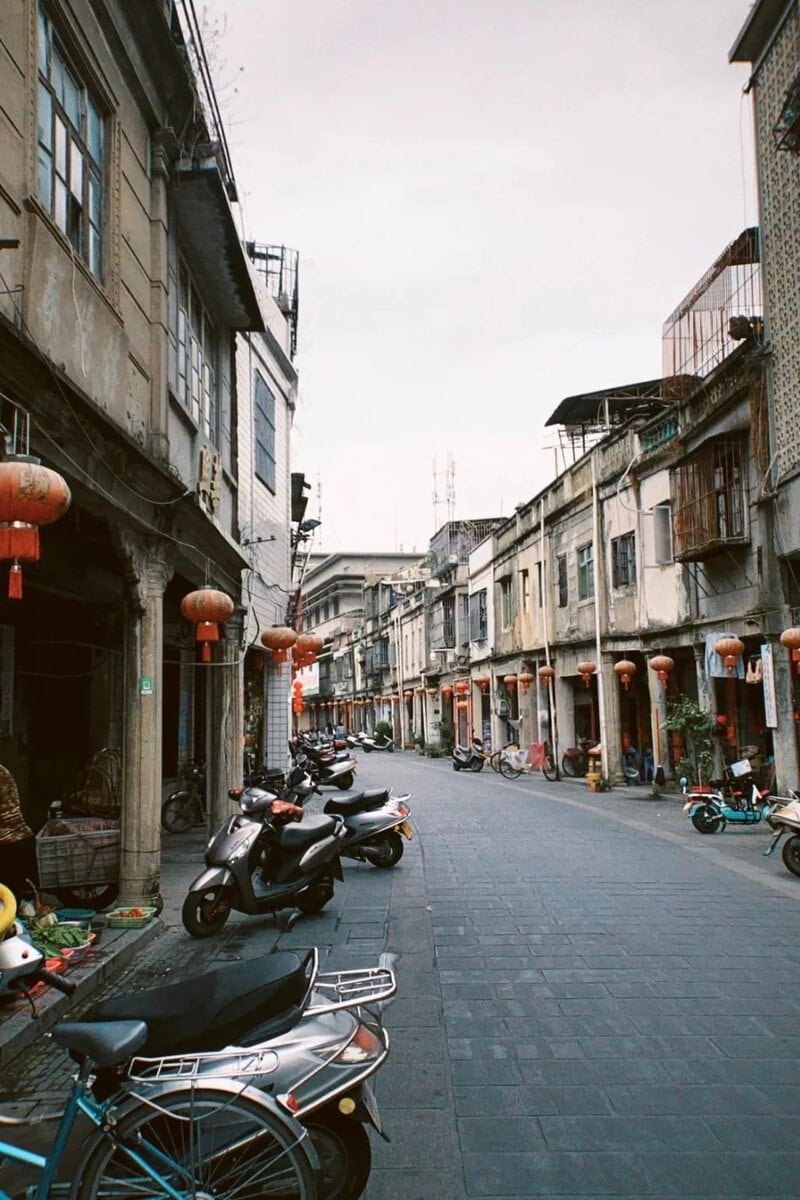
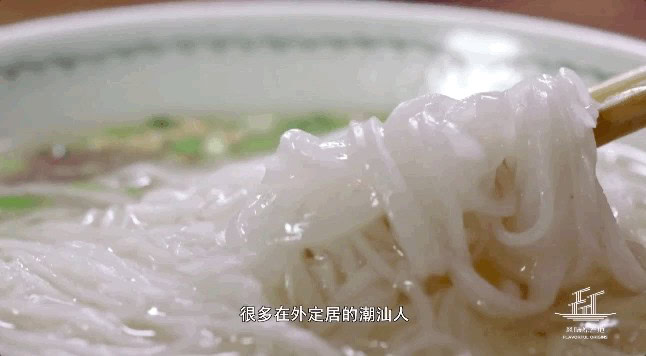
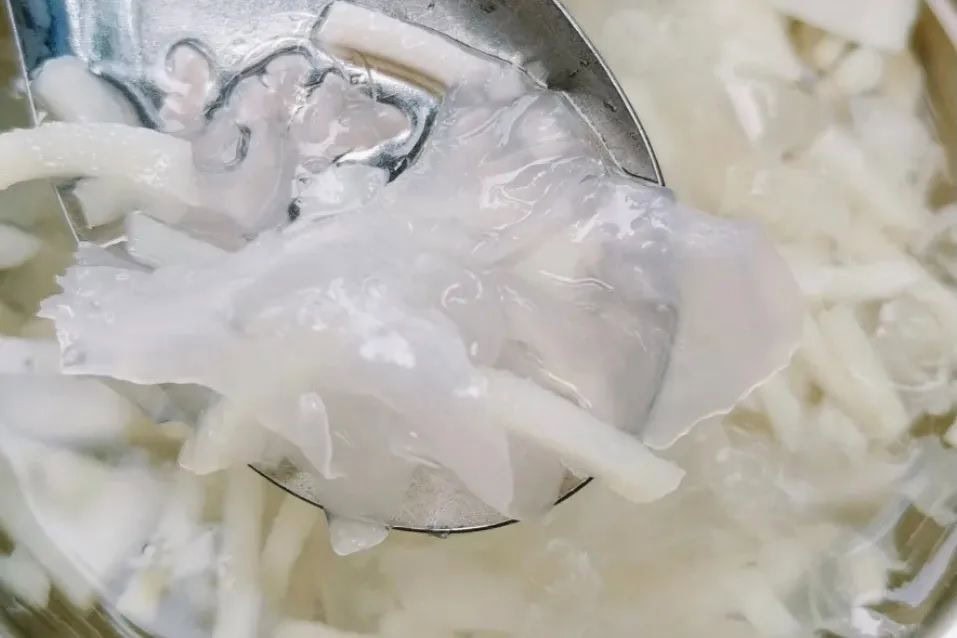
When you enter the Ancient Banyan Martial Temple, be sure to look up, as it houses a rare, octagonal wooden carved ceiling. Even the ceiling is so intricately designed that it’s no wonder ancient architecture enthusiasts are so enamored.
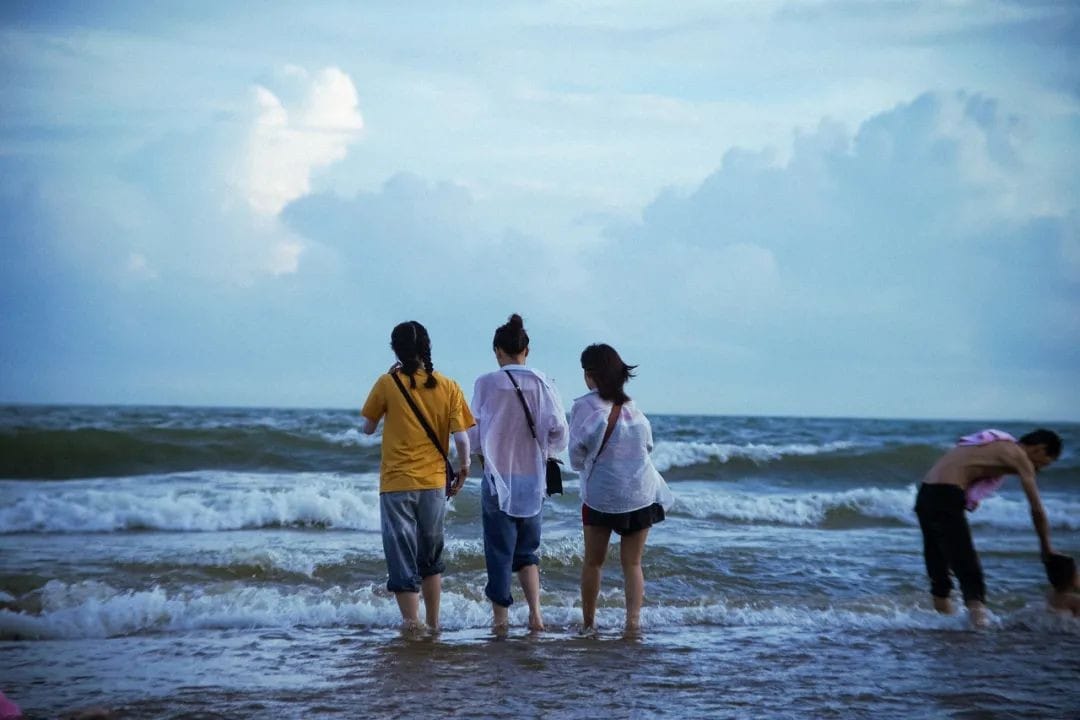
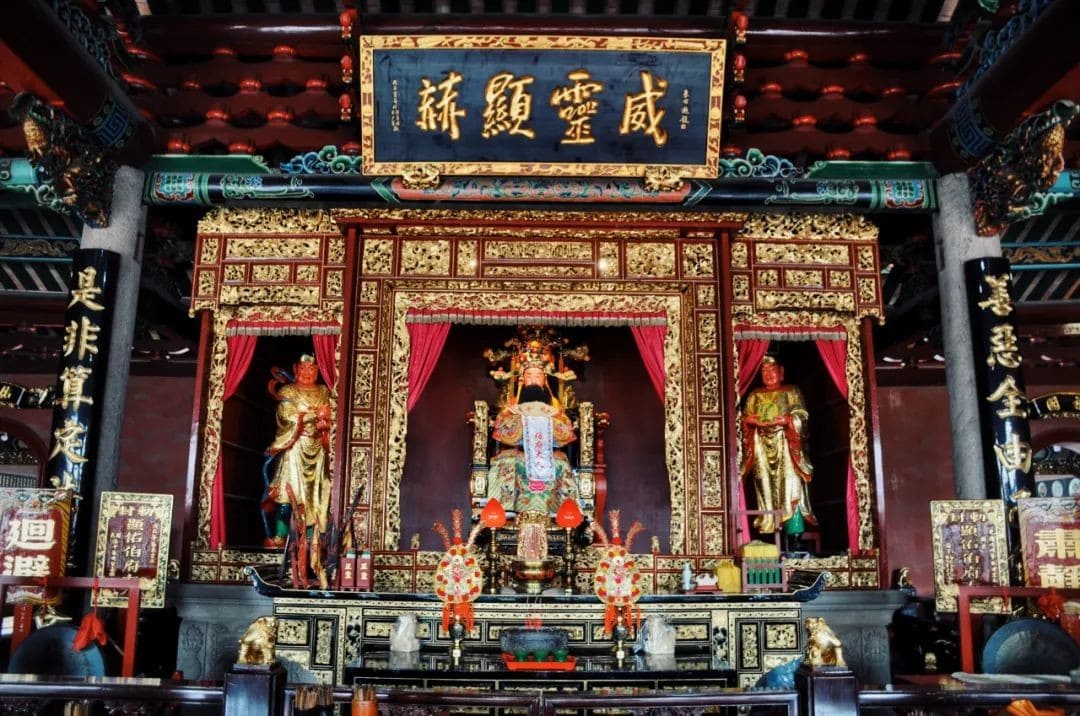
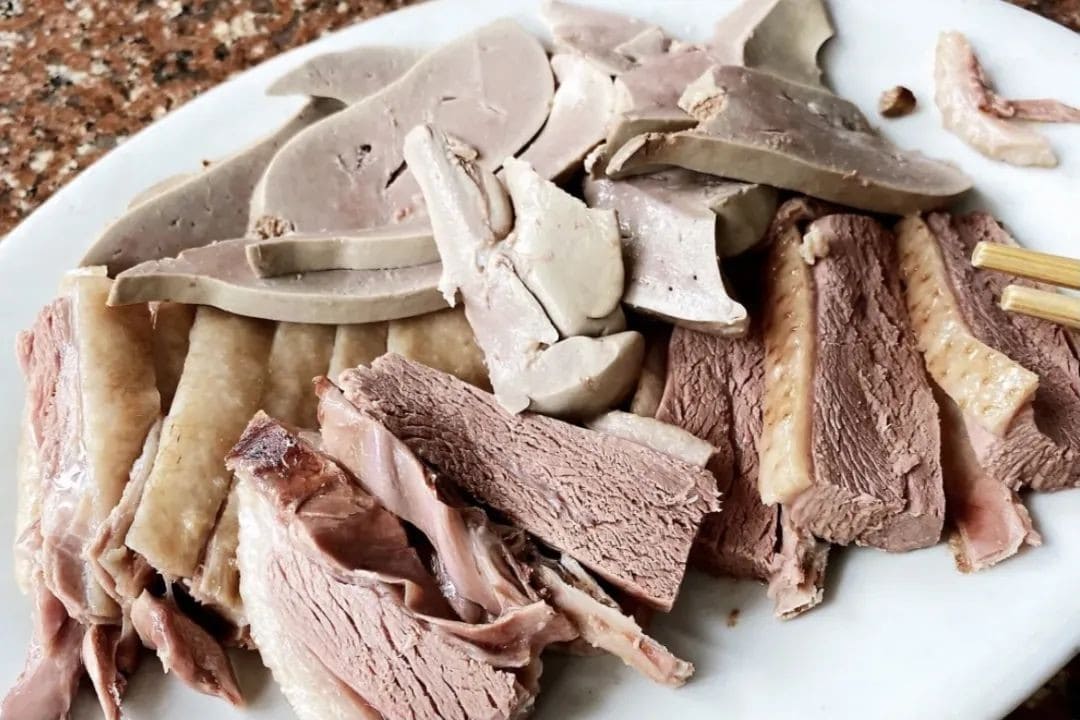
Like many ancient towns, Jieyang hosts temple fairs during major festivals, where various theatrical performances are held to “thank the gods.” These performances often take place on traditional stages, which are a common sight.
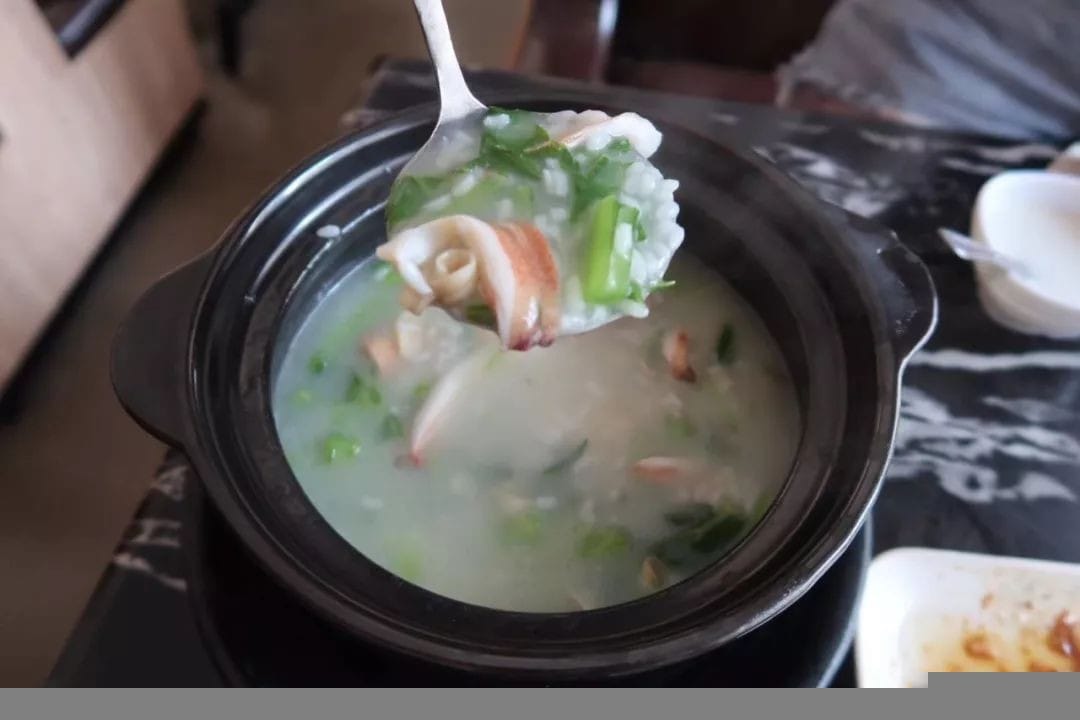
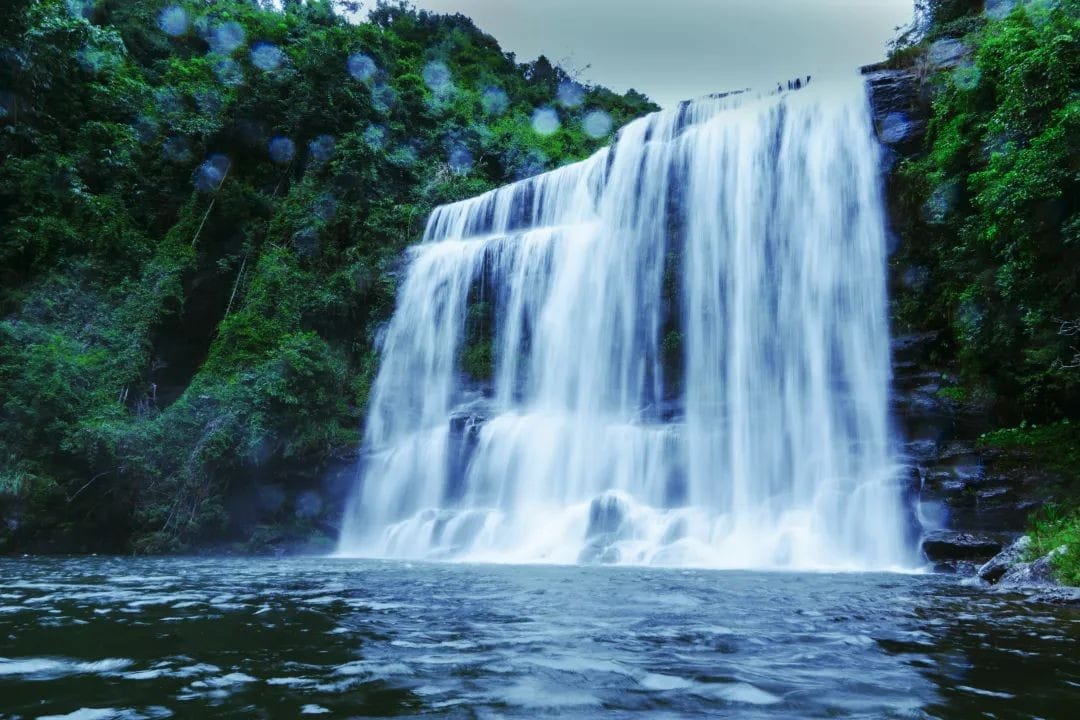
Across the street from the main temple, there is an ancient stage that has been preserved, despite several renovations. It still retains many Ming Dynasty beams and brackets, which are worth a visit.
Jieyang Confucian Temple
Jieyang is nicknamed “Zoulu by the Sea” because of the Jieyang Confucian Temple, the largest and best-preserved Confucian temple in the Lingnan region.
Even on a national scale, it is the second largest Confucian temple after the one in Qufu.
The temple is not only a place for worshipping Confucius but also the highest institution for cultivating talents in ancient times. If Jieyang is known for its ancient history and deep cultural roots, then the Jieyang Confucian Temple is the best testament to that.
Jinxian Gate
Jinxian Gate is an ancient city gate, and I think its role is somewhat similar to that of the Little Park in Shantou, serving as a landmark of Jieyang.
Since passing through it leads to the Confucian Temple, Jinxian Gate also symbolizes the entrance for virtuous scholars. It is said that in the past, officials would pass through Jinxian Gate when taking office to seek good fortune.
Jinxian Gate is also quite striking at night.
The ancient sense of ritual has been passed down as a local custom. Before taking important exams, students would walk around Jinxian Gate to seek good luck.
Rongcheng Museum
A museum visit is a must for me whenever I come across one. Although the museum doesn’t house any major artifacts, a quick look can provide a more comprehensive understanding of Jieyang’s human history.
Shuangfeng Temple
Shuangfeng Temple is the largest ancient monastery in Jieyang, and “Shuangfeng Evening Bell” is one of the ancient eight scenic spots of Jieyang. It was once ranked alongside Kaiyuan Temple in Chaozhou and Lingshan Temple in Chaoyang as the “Three Famous Temples of Chaozhou.”
Photo by Chen Youxiu, documenting Chaozhou
Although this temple has been rebuilt, it still retains a certain ancient charm. The newly constructed Shuangfeng Pagoda has now become a major landmark of Jieyang.
The night view of the Shuangfeng Pagoda is also enchanting. Photo by Yili
Temples in Chaoshan seem to always be like this; they are either not hidden in deep mountains or located on bustling streets, always ready to listen to the concerns of the world.
As you wander around the area, you often look up and can see the silhouette of the Shuangfeng Pagoda.
The City God Temple
The most bustling place in the old town of Jieyang is undoubtedly the City God Temple. Lin Dachuan in the Qing Dynasty recorded the prosperity of the Jieyang City God Temple in “Hanjiang Ji”: “The gods in our Chaoshan region are most illustrious, with the Jieyang City God Temple being the most prominent.”
It is currently the oldest, largest, and best-preserved ancient City God Temple building in Guangdong.
Children from Rongcheng are very familiar with the City God Temple. Whether for studying, working, or traveling, they all come here to report their safety and smooth journeys.
When visiting the City God Temple, everyone must remember to look at the inlaid porcelain on the roof. Although it appears colorful and intricately designed, I don’t find it tacky at all; instead, the more I look, the more vivid it seems.
Zhongshan Arcade Street Area
There are many Zhongshan Roads across the country, but this one in Jieyang, built during the Qing Dynasty (originally named Xuanhua Street, renamed Zhongshan Road during the Republic of China period), is a very famous old arcade street locally.
It has not been renovated yet, so its exterior looks a bit rundown, even a little chaotic with makeshift constructions. However, this,。
Here you can see grand archways, well-preserved arcades, ancient Chaoshan dwellings, and various century-old shops. Slowly exploring can reveal many surprises.
Photo by Yangyang
When you’re tired from shopping, take a seat at the Cuo Living Room on Zhongshan Road. It is renovated from an old arcade house, and you can feel that the host respects tradition very much. A stroll inside can uncover many retro Chaoshan ornaments. I also recommend trying a cup of olive coffee to taste the unique Chaoshan-style coffee.
Photo by Xiao Zheng and Xiao Zhang
Rongjiang West Lake Park
In the evening, it’s the perfect time to come to Rongjiang West Lake to watch a sunset.
Parks are often the best vantage points for city life. Children play under the banyan trees, the elderly dance in the square or practice Tai Chi, everyone has their own way of enjoying themselves, and the leisurely pace of walking and strolling is filled with a strong sense of relaxation.
By the way, there’s a hidden gem at Rongjiang West Lake Park—an early morning fish market.
**Painting of “South Pu Fisherman’s Song” by artist Lin Qing**
The fish market was formerly known as “South Pu Fisherman’s Song,” one of the ancient eight scenic spots of Jieyang. Located by the banks of the Rongjiang South River, local fishermen would sell their catches right after fishing, spontaneously forming a market. It wasn’t until the 1950s that this area expanded into what is now Jieyang West Lake Park.
Even now, regulars still gather by the riverside, waiting for the fishing boats to arrive.
**Image @**
To catch the fish market, you must rise early. It typically starts around 6 AM, and the fishermen pack up once they’ve sold their catch.
Additionally, the old city is rich in temples, such as Mazu Temple, Tianhou Temple, Er Sheng Ancient Temple, and Caiwang Temple. Wandering around, you’re bound to stumble upon one or two, like opening a surprise blind box.
**How to Eat in Jieyang?**
With the Chaoshang region as its backdrop, Jieyang’s culinary reputation speaks for itself. A tour through Jieyang’s old city will satisfy all your Chaoshang food fantasies.
While researching, I came across many queries like, “If I arrive at Jieyang Airport late at night, where can I quickly find more delicious food by taxi?”
It seems everyone has been craving Jieyang’s cuisine for a long time.
Previously, Momo visited Jieyang and sampled its delights. I’ll compile her recommendations and add a few more spots to solidify your Jieyang food tour guide.
Since our stroll mainly focuses on Rongcheng District, I’ll start by recommending food in this area.
**Guo (Rice Cakes)**
When it comes to the variety of rice cake dishes, the Chaoshang people take the cake (pun intended).
Even after indulging in various guo in Chaozhou and Shantou, I find that Jieyang folks have their unique twists on this dish.
Beyond the common beef guotiao, guo juice, and wumi guo, there are Jieyang-specific preparations like goose soup guotiao, mai guo, kun guo, fermented tofu fried guo, fish maw guo, and shark guo.
**Mai Guo Image @**
**Kun Guo Image @**
**Fermented Tofu Fried Guo Image @-2267**
It is worth mentioning that the most highly regarded guotie (rice noodle) in the Chaoshan region, known as “Tongkeng Guotie,” originates from Tongkeng Village in Baita Town, Jieyang. Due to its excellent quality, a large quantity of guotie is shipped out from here daily. The guotie you enjoy in Shantou, Chaozhou, Dongguan, and Jieyang city may very well be produced here.
**Restaurant Recommendations**
🥢 **Shangyi Mai Guo**
A wheat cake stall that has been in operation for nearly 20 years, it is a nostalgic memory for countless residents of Rongcheng. It offers a variety of flavors, with personal recommendations including pumpkin, taro shreds, corn and carrot, and chive fillings.
Address: No. 1, Yihe South Sixth Alley, Xinxing Shangyi Community, Rongcheng District
🥢 **Xinjie Tou Stir-fried Guotie**
This shop specializes in a unique method of stir-fried guotie with fermented bean curd, a technique not found in other parts of Chaoshan. The guotie is stir-fried over high heat and then mixed with fermented bean curd, enhancing the flavor without being overly salty. It’s worth a try. The shop operates until 1:30 AM, perfect for a late-night snack.
Address: No. 5, West of Jianhang Dormitory, North of Meiyang Road, West of Huangqishan Avenue, Rongcheng District
🥢 **Guangde Guo Juice**
A small eatery run by an elderly couple, it is quite famous locally in Jieyang. It exclusively sells Chaoshan guo juice, with over ten types of braised dishes to choose from. A generous serving of ingredients costs only around 10 yuan.
Address: Southeast of Jintai Garden, Maya Road, Rongcheng District
🥢 **Lin Zhenxiong Tongkeng Guotie**
The filming location for Tongkeng Guotie in “The Original Flavors of Chaoshan.” The guotie is as thin as vermicelli but does not become mushy even after prolonged cooking, offering a more resilient and smooth texture. PS: This shop is not located in Rongcheng District!
Address: Near 774 Township Road, Tongkeng Village, Tongkeng Township, Baita Town, Jiedong District, Jieyang
**Steamed Rice Rolls**
I particularly enjoy the atmosphere of Chaoshan steamed rice roll shops, which are always bustling with activity. The shopkeeper’s treasure drawer, when pulled out, magically produces a delicious steamed rice roll amidst the steam.
Image @Lu Yi Shi Wu
All three cities in Chaoshan love steamed rice rolls, each with their own preferences. Shantou’s steamed rice rolls have very thin skins and are packed with ingredients; Chaozhou’s steamed rice rolls are often topped with a spoonful of peanut sauce, making them highly recognizable.
In Jieyang, steamed rice rolls are typically served with a side of braised sauce and a bowl of slow-cooked soup, making for a very satisfying meal.
Image @Chocolate Zhuang Bao
**Restaurant Recommendations**
🥢 **Steamed Rice Rolls in Alley Opposite TV Station**
A steamed rice roll shop with good value for money, offering a variety of ingredients that are delicious no matter how they are combined. Remember to order a bowl of stewed soup to accompany your steamed rice rolls.
Address: Opposite the original TV station, Jin’an Street, Rongcheng District
**Boiled Goose**
In Chaoshan, marinated goose is a common sight, but when you arrive in Jieyang, there’s another dish to try that emphasizes the natural flavors—white-cut goose.
The white-cut goose is tender, with meat that is not at all dry, and it has a sweet, fresh taste.
Image credit: @yalishiduoluo
The sweet white-cut goose, when dipped in Jieyang’s specialty vegetable radish oil (which is sweeter than soy sauce and has a hint of radish flavor), is a delight that anyone who has tried it understands.
The broth used to cook the Shitou goose should not be wasted; it’s perfect for cooking rice noodles. The rice noodles are smooth, and the broth is sweet, and I can easily finish a large bowl.
Image credit: @Linmeili
Restaurant Recommendations
🥢 Chu Sheng Goose Rice Noodle Soup (Dongshan Branch) The rice noodles are cut very thin, and the soup is clear and sweet—just delicious! This place is open all day, so you can also choose to have a late-night snack here.
Address: 60 meters southwest of the Family Planning Committee opposite Jinhuihuang Foot Bath on Xinhe Road
Beef Hot Pot
No need to explain much about Chaoshan beef hot pot—foodies generally agree on two things: first, it’s delicious; second, you can only get it at its best in Chaoshan.
The beef industry chain in Chaoshan is very complete, with slaughterhouses coordinating their timings with hot pot restaurants to ensure the freshness of the meat. A meal in Jieyang will definitely not disappoint.
Moreover, the Chaoshan people eat beef with great precision, and items like brisket fat, snowflake, hanging dragon, five-flower tendon, and neck meat are always on my must-order list.
Restaurant Recommendations
🥢 Linpo Niuniu
Address: 50 meters east on Jiepan East Road
🥢 Baita Beef Hot Pot
Address: Vienna Hotel, Jinxian Gate Avenue, Rongcheng District
Desserts
As is well known, Guangdong is a paradise for sweet soups. Anything that is eaten by many people and becomes popular will evolve into various flavors and styles.
In Guangdong, sweet soups are also divided into Cantonese and Chaoshan styles. The double-skin milk, mango pomelo sago, almond paste, and sesame paste that we usually eat all belong to the Cantonese sweet dessert camp.
In Chaoshan, locals call sweet soups “sweet soup,” which is made by directly cooking sugar water with ingredients, appearing more simple but excelling in freshness and sweetness. Dishes like lotus root soup, Chinese yam soup, mung bean soup, and taro soup, just close your eyes and order, all are delicious.
Image @Drinking Milk and Eating Cauliflower
Especially on hot and humid summer days, a bowl of sweet soup is more effective than any other beverage.
**Shop Recommendations**
🥢 **Han Ci Yang Ji Sweet Soup** The taste of the sweet soup here is authentic and rich, with just the right portion. Highly recommended are water chestnut soup, corn with aloe and lily, and mung bean soup.
Address: No. 58, Han Ci Road, in front of Xin Sheng Cinema, stall No. 10
**Late-Night Snacks**
Jieyang is also a city for late-night snacks, with many rice noodles and congee stalls open until late. Even at midnight, these places are bustling with people. The sight of these illuminated late-night snack stalls brings a sense of comfort.
In Jieyang, you can choose seafood congee with dim sum, or go for a congee stall where you can order various seafood.
Even a weary traveler passing by on a late-night flight can find profound solace in a bowl of goose meat rice noodles soup.
**Shop Recommendations**
🥢 **Hong Xing Food** The specialty here is small elephant seafood congee, with generous portions of seafood and a very savory broth. Various dim sum such as water chestnut cake, durian puff, and fried tofu are also included.
Address: No. 1, Linjiang North Road, Rongcheng District
🥢 **Che Tou Lao Er Dai Pai Dang** A very famous congee stall in Rongcheng District, with fresh raw marinated dishes and fish rice, perfect with congee!
Address: Shop 1-3, Building 16, Dongsheng Xinhe Industrial Area, Jian Yang Road, Rongcheng District
🥢 **Original West Lake Bridge Head Duck Soup Rice Noodles** A night snack stall specializing in duck soup rice noodles, with only rice noodles and duck meat as the main dishes. The duck meat is refreshing, and the duck soup is delicious, selling out and closing up shop once sold out.
Address: Next to the first piano store, Building 6, C District, Xi Wan Community
///
Finally, a side note: what fascinates me most about the Chaoshan region is its respect for tradition. In my impression, this is a place full of temples, where one can live as neighbors with deities.
For instance, in the various counties, towns, and villages under Jieyang, there are various activities such as “Ying Laoye” (a traditional parade), fireworks, fire dragon dances, torch festivals, jumping over bonfires, pig and sheep displays, and Yingge dances during holidays and festivals. It’s quite lively (although due to the pandemic, many of these events have been scaled down a lot (ꈍ ꈍ)).
I don’t know if the deities can hear these blessings, but this human joy is truly enchanting 💖
🚗
/Travel Tips/
Transportation: Jieyang Chaoshan International Airport is located in Jieyang. A taxi ride from the airport to Rongcheng District takes just 30 minutes. If you’re coming by high-speed train, Jieyang Station to Rongcheng District is also a 30-minute journey.
Accommodation: There aren’t many hotel options in Jieyang. Local hotels to consider include Jieyang Rongjiang Grand Hotel and Vienna International Hotel.

